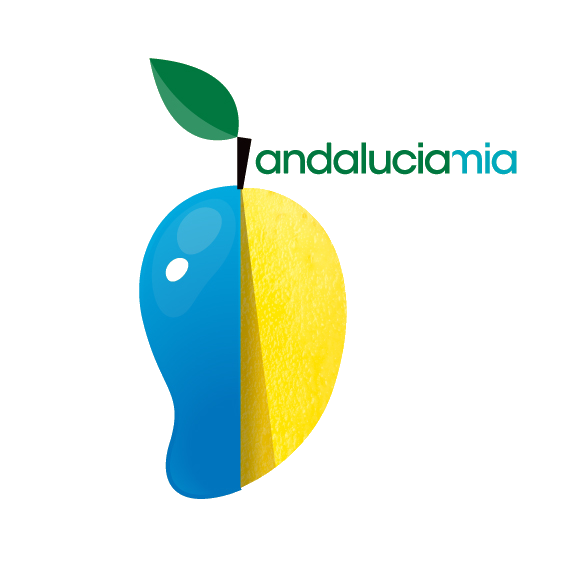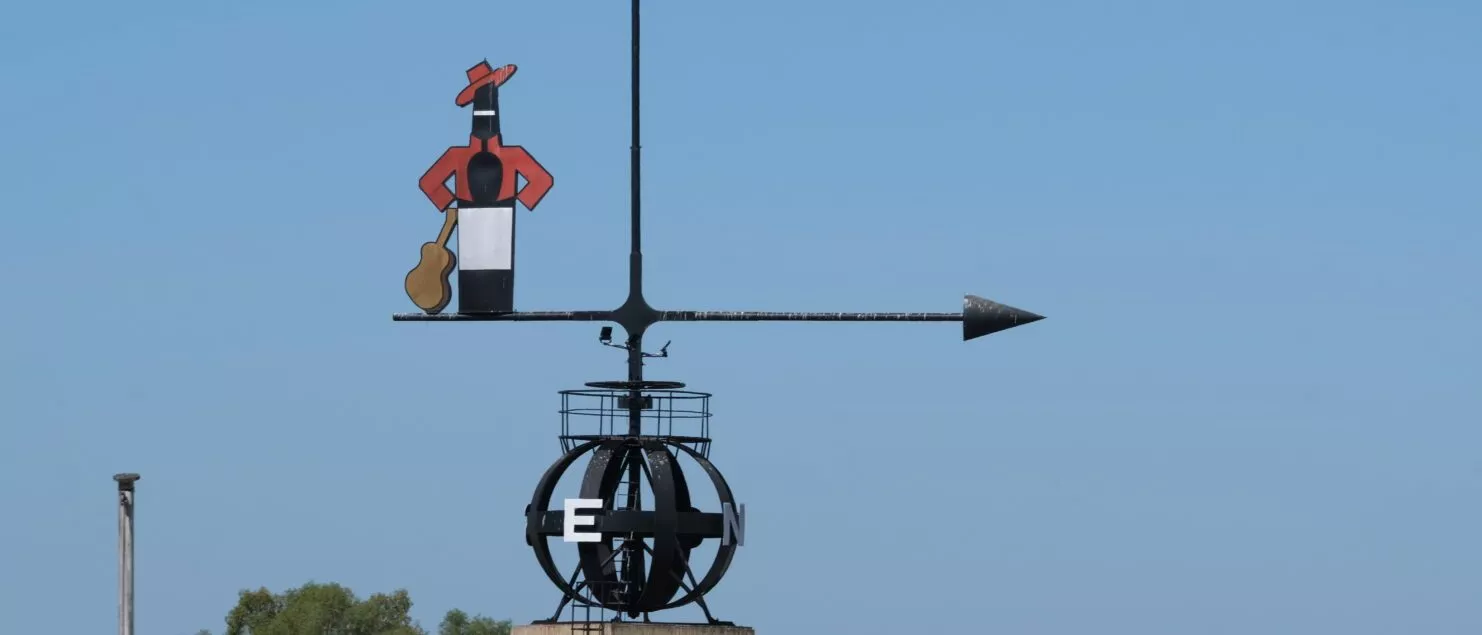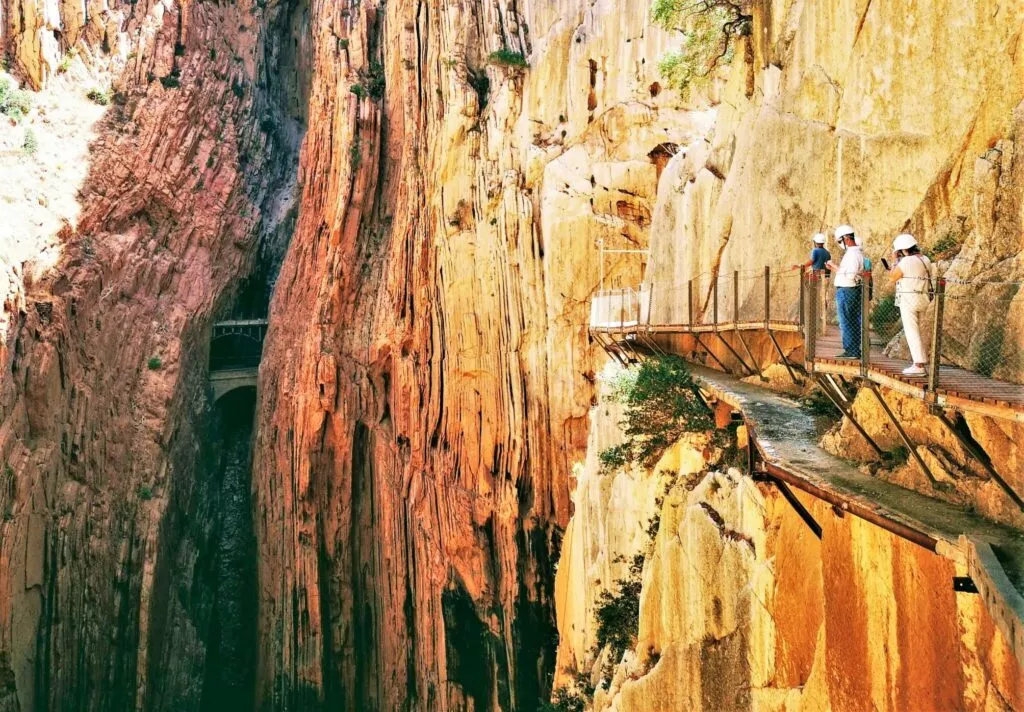What to see in Jerez de la Frontera: 15 top things to see and do
The essential things to see and do in Jerez de la Frontera
In this article you’ll find all the information you need to know what to see in Jerez de la Frontera:
- A few words about Jerez de la Frontera
- Where is Jerez on the map?
- What to see and do in Jerez de la Frontera
- What to do in the province of Cadiz
- Booking accommodation
- The main festivities in Jerez
- What to see around Jerez de la Frontera
- Useful links
- Continuing your trip to Andalucia
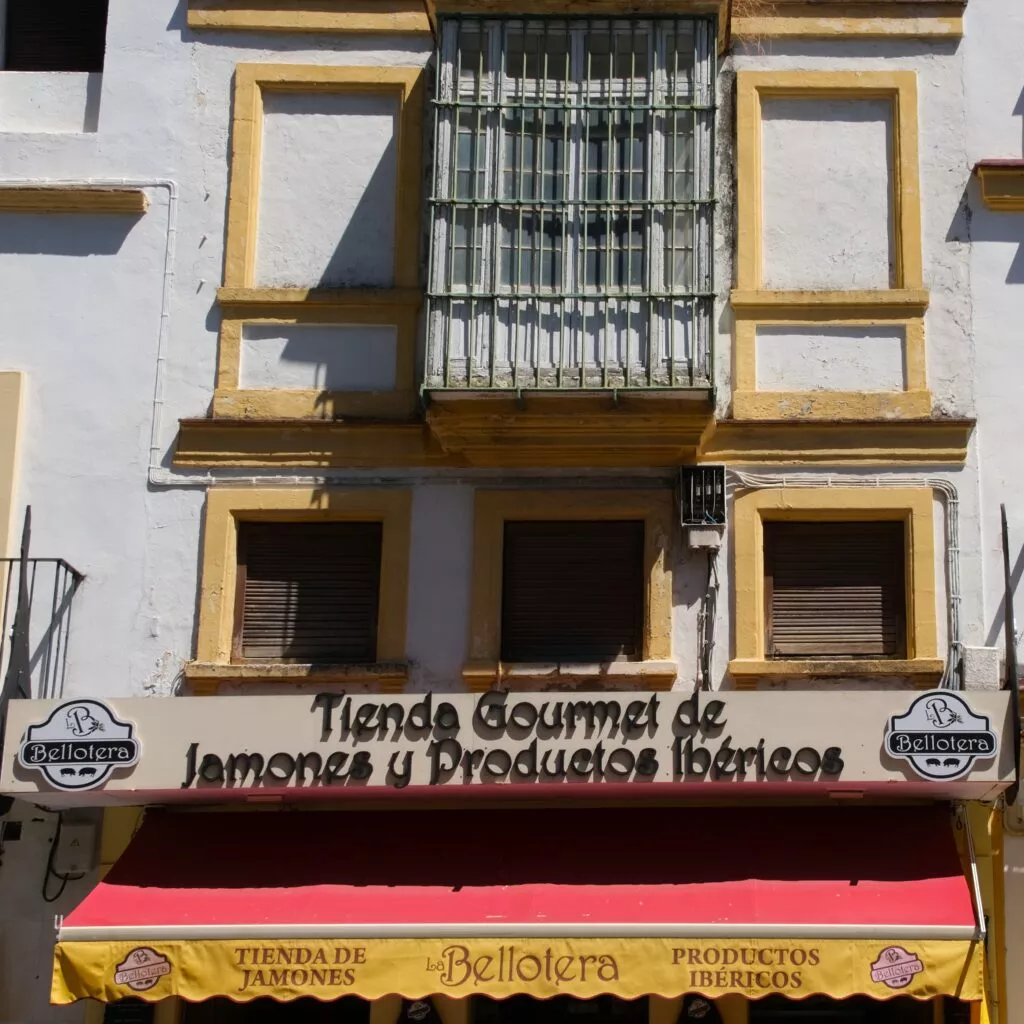
A few words about Jerez de la Frontera
Jerez de la Frontera is a town in the province of Cadiz. It lies 11km from the Atlantic Ocean and around 30 minutes by car from the beautiful seaside town of Sanlucar de Barrameda.
It’s a captivating and fascinating place to visit. Indeed, Jerez de la Frontera is world-famous for its wine (one of the most famous in the world), its horses and flamenco.
It has even been nicknamed little Seville, due to its similarities with the Andalucia capital, as well as its beauty and important cultural life.
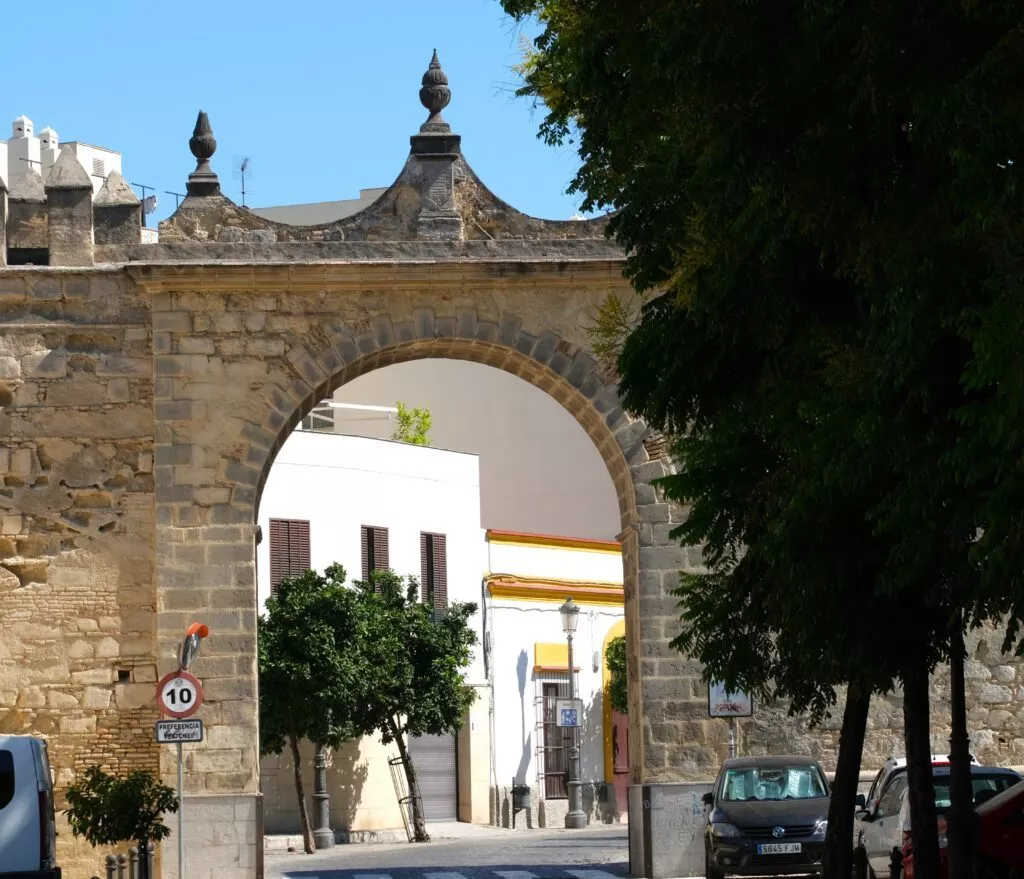
A little history
Jerez de la Frontera has been inhabited for over 3,000 years. The first settlement dates back to the Phoenicians, who gave the site the name Xera. The Romans then gave it the name Ceret, followed by the Visigoths, who called it Seritium or Xeritium.
During Muslim rule the name took on an Arabic form: شريش – Sherish – Šeriš -.
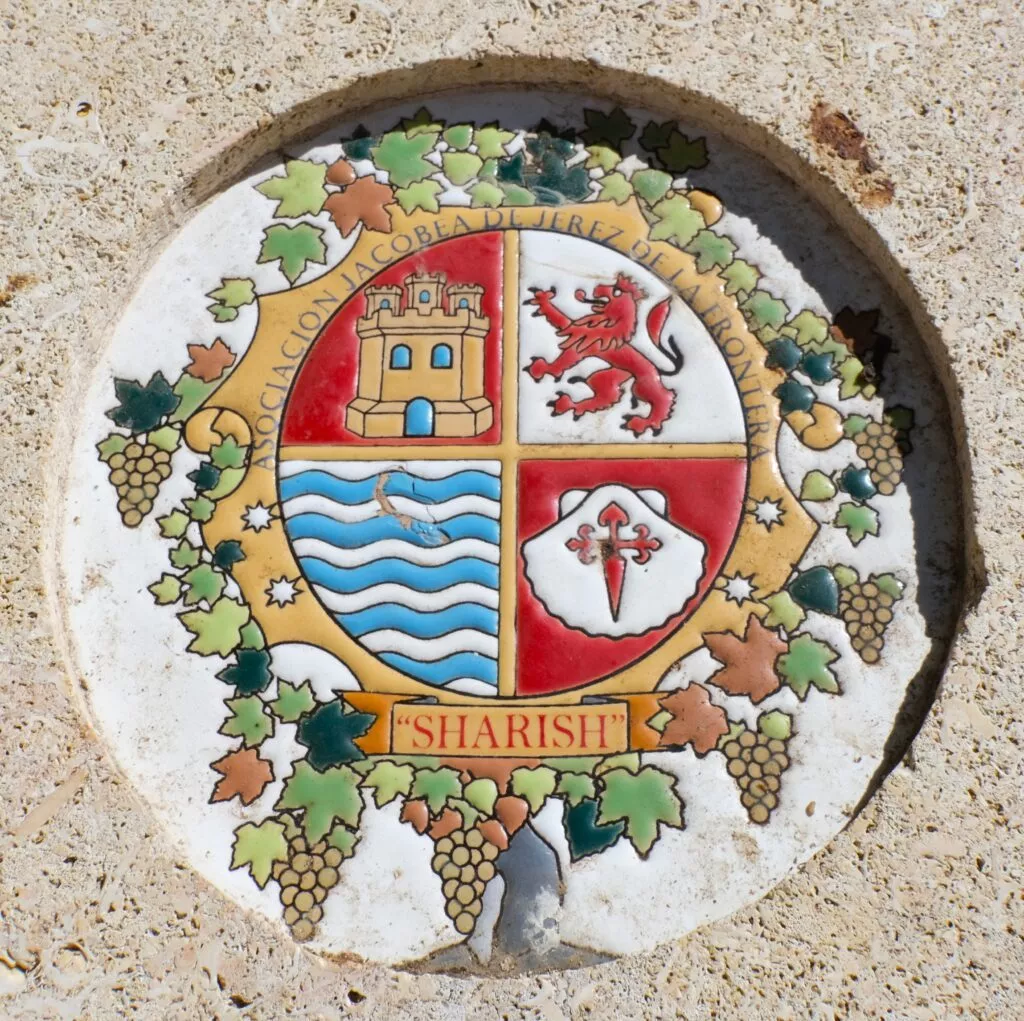
During the Andalusí period, from 712-1264, the city of Jerez de la Frontera was a city of great importance, particularly within the Cora de Sidueña. This can be seen in the urban layout of the old quarter.
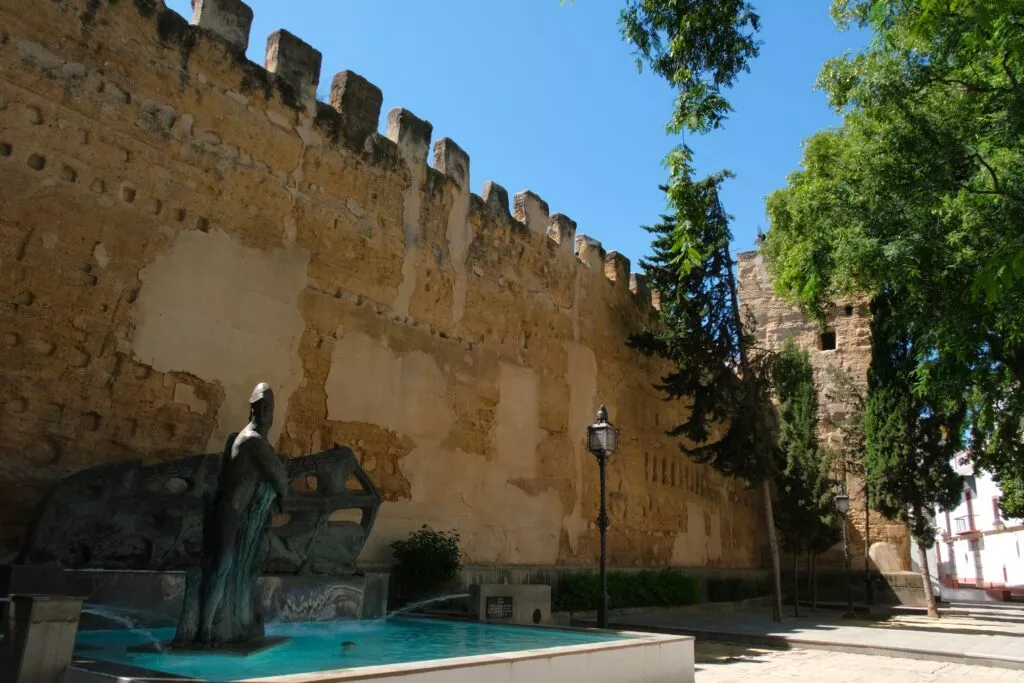
Elements of the city wall and the old defensive system of the old medina, which was 3 km long, can still be seen throughout the city.
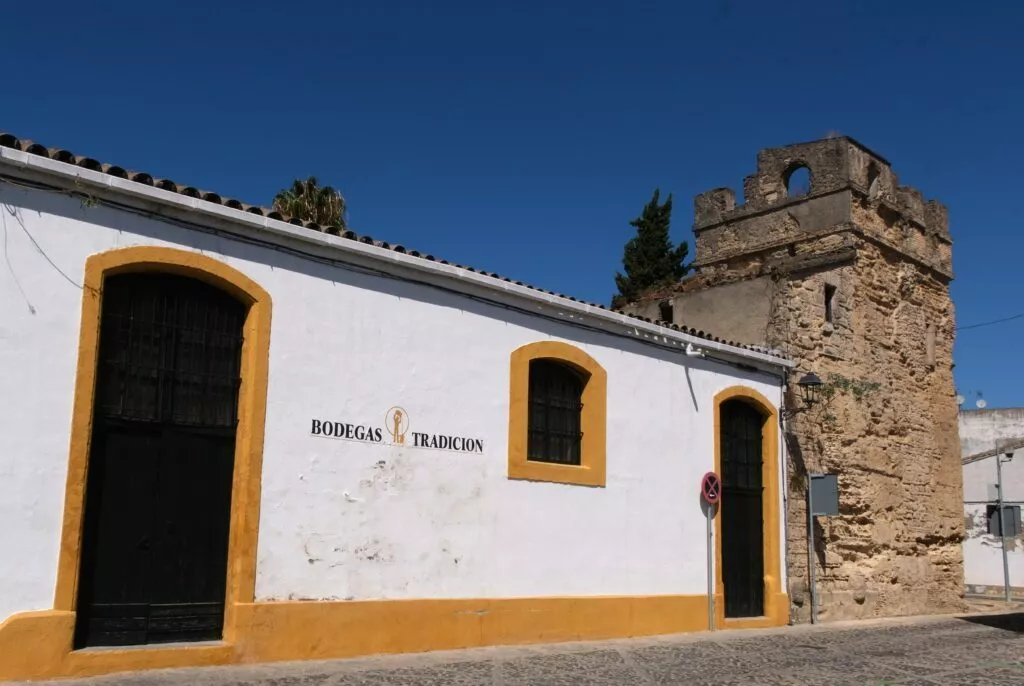
Note: the town’s Arabic name helps explain why Jerez wine – xerès – is called sherry in English!
Where is Jerez de la Frontera on the map?
What to see and do in Jerez de la Frontera
As mentioned above, civilisations and cultures over the centuries – the Phoenician Xera, the Romanised Ceret and then the powerful Muslim Sherish, until the reconquest of Jerez in 1264 – have left Jerez with a wealth of remains that enrich its remarkable heritage.
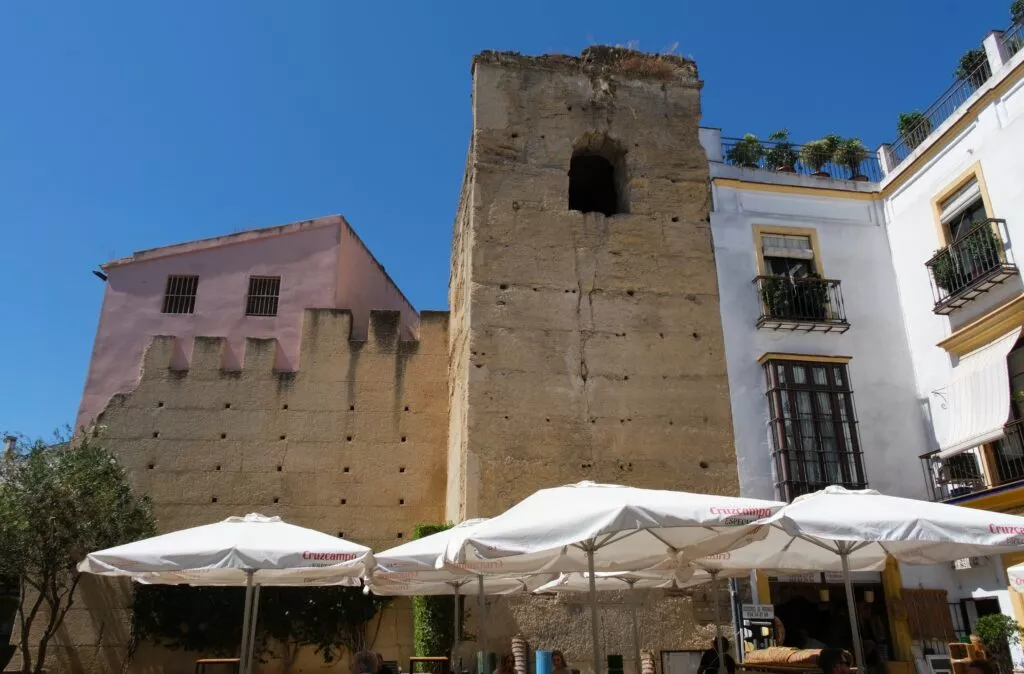
If you fancy an original visit, a guide will take you past the main monuments of Jerez de la Frontera, stopping off at several places to sample typical local tapas.
1 – The Alcázar of Jerez
2 – Church of San Miguel
3 – Visit the Bodegas de Jerez de la Frontera
4 – Jerez Central Market
5 – Plaza del Arenal
6 – Calle Larga – Long Street
7 – The Santo Domingo quarter and church
8 – Visit the barrio and church of Santiago
9 – Zoobotánico de Jerez – Biodiversity Conservation Centre
10 – Basílica Menor de Nuestra Señora del Carmen Coronada
11 – Jerez de la Frontera Cathedral
12 – The neighbourhood and church of San Mateo
13 – Attend a flamenco concert
14 – Carthusian monastery of Santa María de la Defensión
15 – Real Escuela Andaluza del Arte Ecuestre
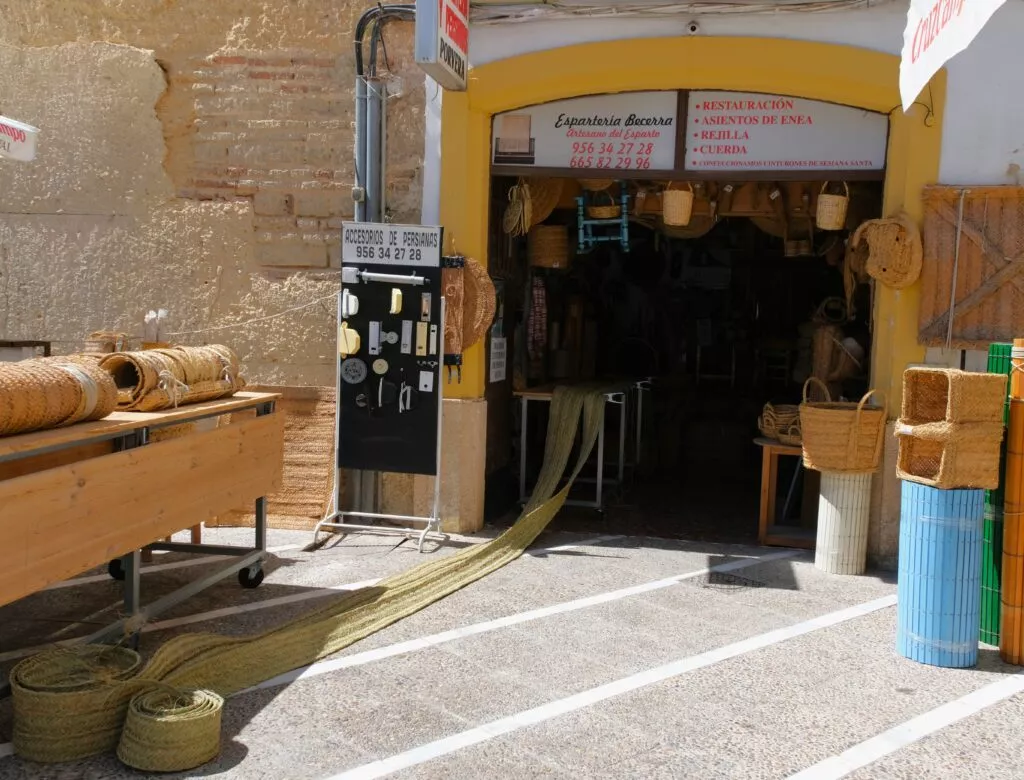
1 – The Alcázar of Jerez, a visit not to be missed
The Alcázar of Jerez de la Frontera is one of the must-sees.
It is the city’s oldest monument and was built by the Almohads between the 12th and 13th centuries, at the same time as the 3 km-long city wall.
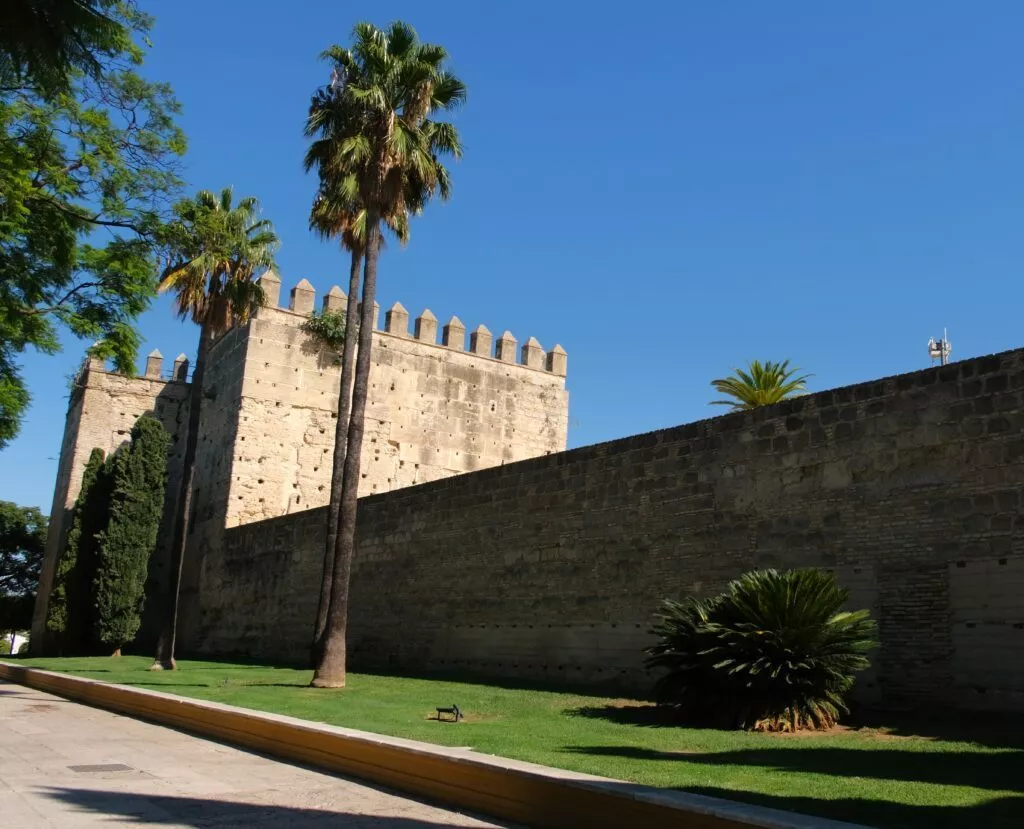
The walled enclosure is in the shape of an irregular square and had four gates on each side from which the roads leading to the main towns in the surrounding area led.
Today, it is one of the few surviving examples of Almohad architecture on the Iberian Peninsula. The Alcazar had three functions: military, defensive and residential.
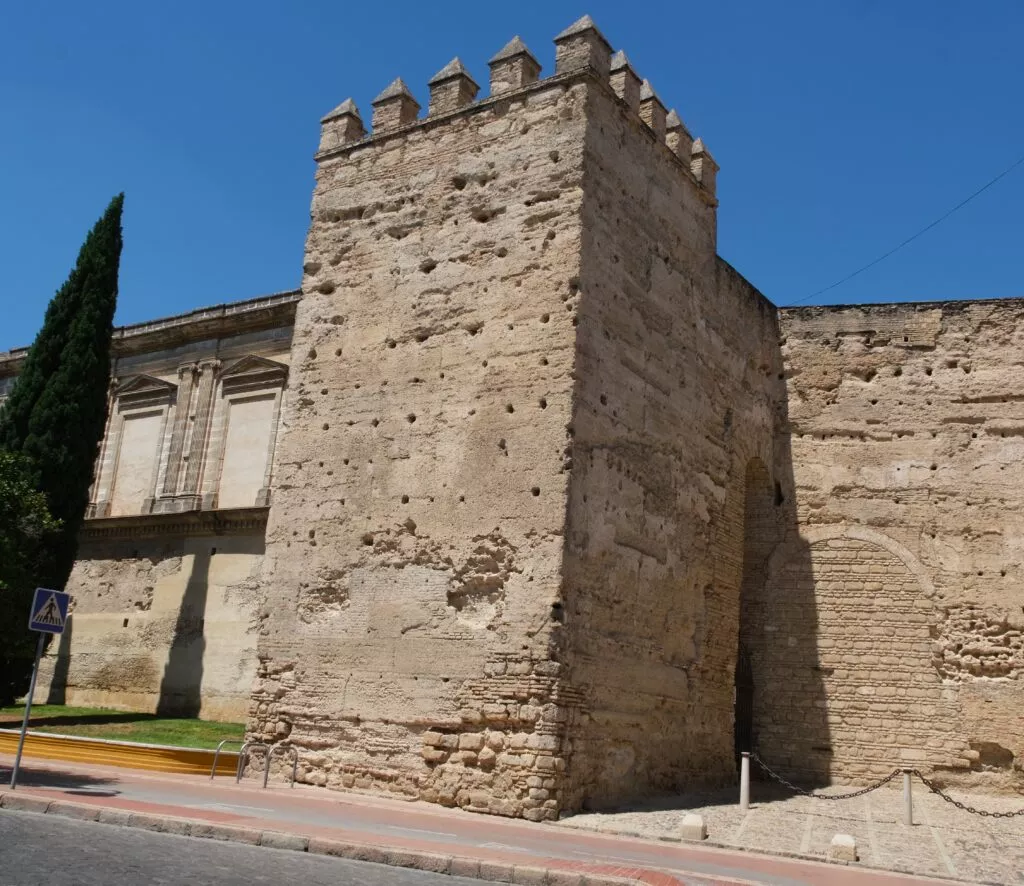
A number of features from the al-Andalus period remain:
– City gate
– the mosque,
– the Arab baths,
– towers
– the crenellated walls
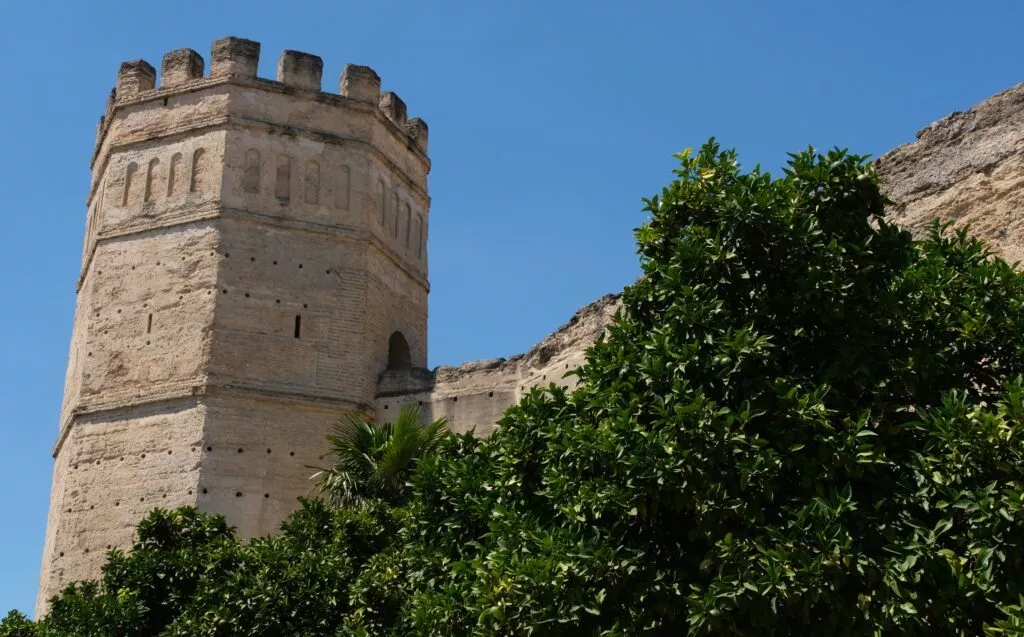
Between 1264, the date of the conquest, and the 17th century, several elements were added:
- the oil mill
- the gardens
- the Patio de Armas
- the San Fernando courtyard
- the Palacio de Villavicencio (a Baroque palace built on the ruins of a former Arab palace)
- gates with the famous horseshoe arch
Note: The church in the Alcazar of Jerez has a curiosity linked to history. The spot where the Virgin Mary stands in the church is the point that indicates the direction of Mecca, a reminder of its past as a mosque.
If you’re interested in visiting the castle and the city, here’s a link to book this guided tour of the Alcázar and the city.
Address: Alameda Vieja s/n
2 – Church of San Miguel, a must-see in Jerez de la Frontera
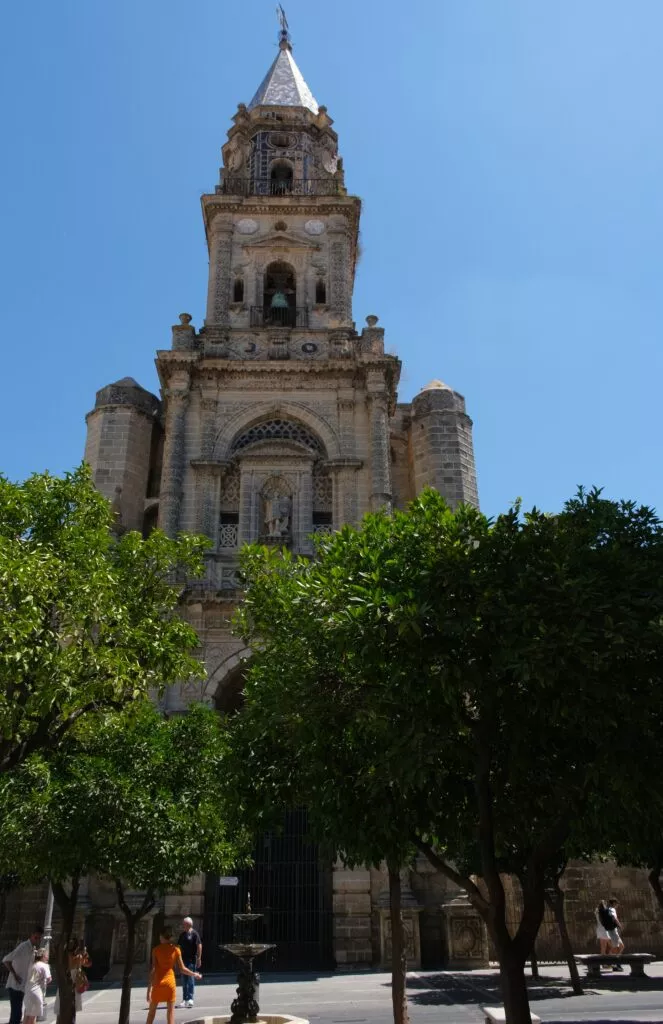
After visiting the Alcázar, you can head to the San Miguel district and visit the Church of San Miguel.
This church is undoubtedly one of the most beautiful religious buildings in the province of Cadiz. Inside and out, the church combines Gothic, Renaissance and Baroque styles.
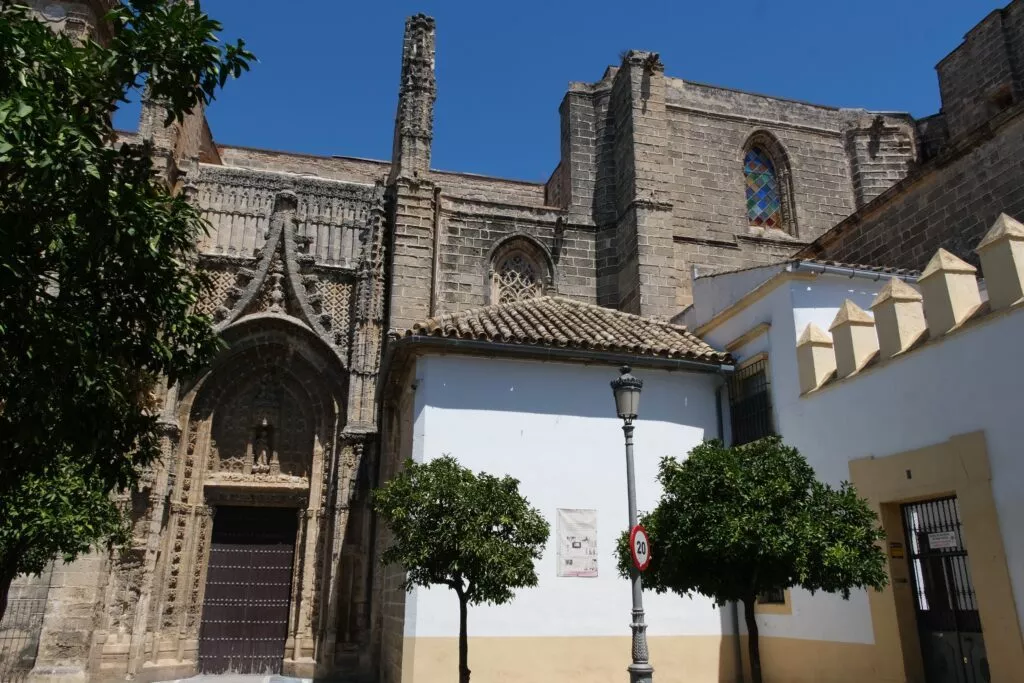
This hybrid character of the temple is the result of several extensions over time. The altarpiece inside is particularly beautiful.
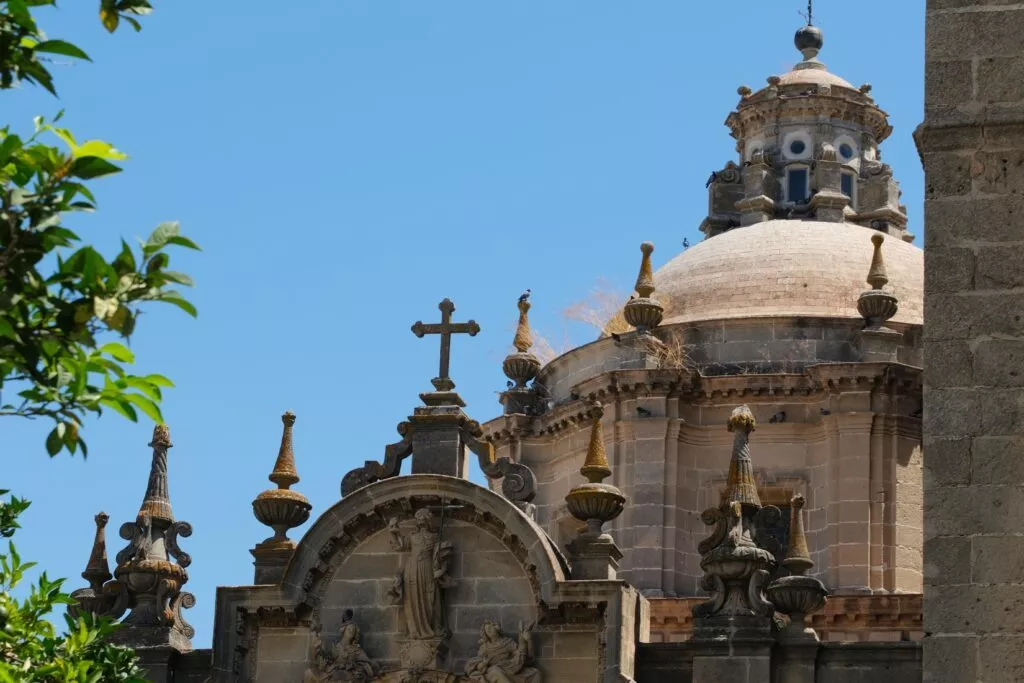
Note: the famous gypsy flamenco singer Lola Flores was baptised in the font. Barrio San Miguel is the historic flamenco quarter.
Address: Plaza de San Miguel, 4
While strolling through the San Miguel district, don’t hesitate to stop off at a tabanco for a glass of sherry. There’s a very nice one, here’s the link to find it: Tabanco las banderillas.
Note: the term ‘tabanco’ has nothing to do with cigarettes, and is a typical type of establishment in Jerez. They are traditional taverns serving wine. Some tabancos organise flamenco evenings, and if you’re lucky you might even catch a spontaneous flamenco show in one of them.
3 – Visit the Bodegas de Jerez de la Frontera, the must-do in Jerez
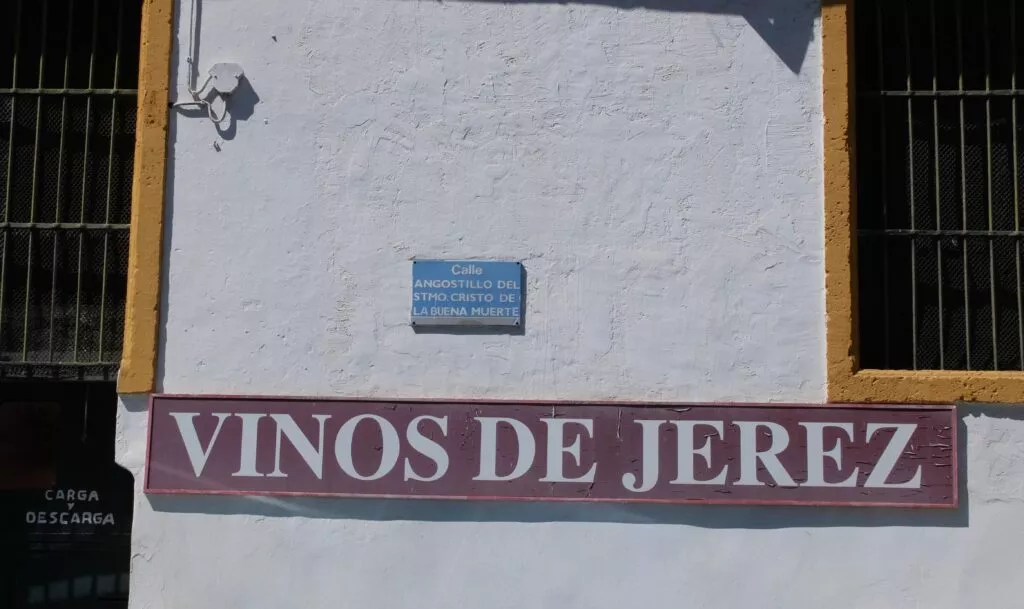
One of the best things to do in Jerez de la Frontera is to visit a winery producing its emblematic wine, xerès (or Jerez or Sherry, depending on where you’re from).
Jerez de la Frontera is one of Spain’s leading wine-tourism destinations. The town’s bodegas are known as the ‘cathedrals of wine’. There is a saying here that is an invitation to get to know this wine and to visit the bodegas: ‘Si quieres tener una buena vejez, bebe vino de Jerez’, which can be translated as ‘If you want to have a good old age, drink sherry wine’.
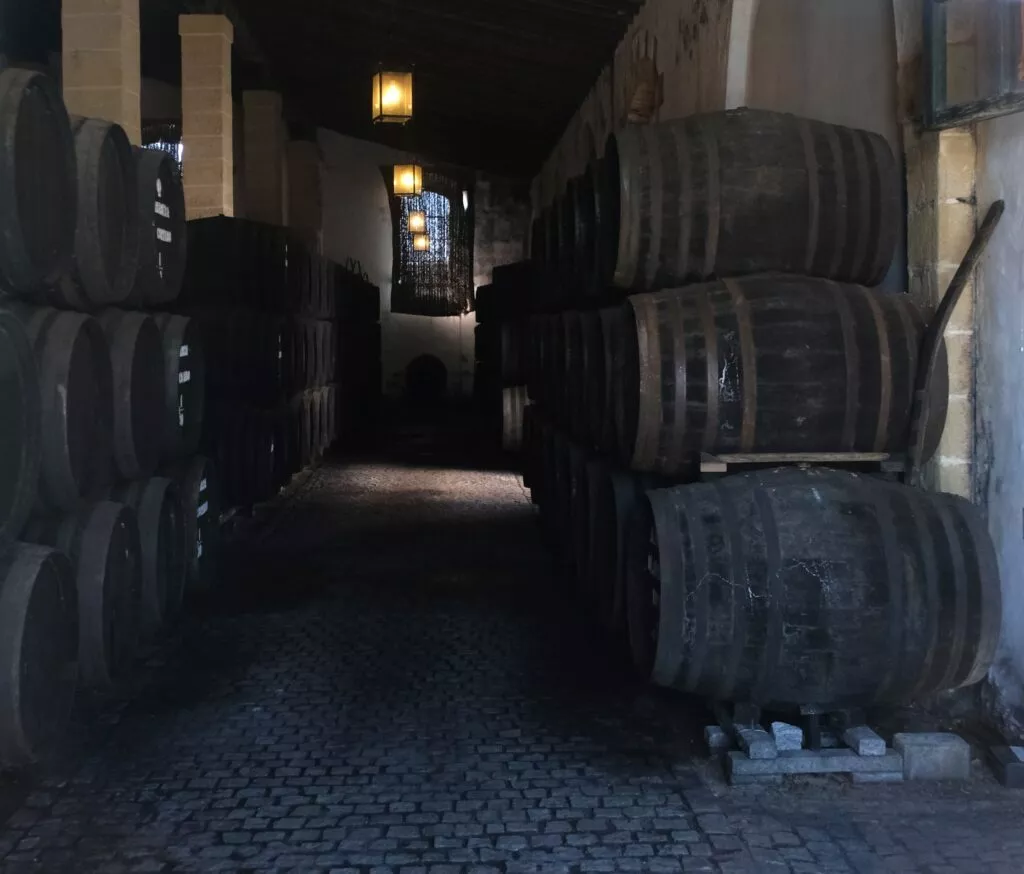
During these visits, you’ll be able to discover the complete and unique process involved in making Sherry wine, as well as the ageing process.
Almost all the bodegas are located in the old town. The two most famous are Bodegas Fundador and González Byass (home of the famous Tío Pepe).
The Bodegas del Tío Pepe – González Byass –
Bodegas González Byass was founded over 180 years ago. They were also the first to export this wine all over the world.
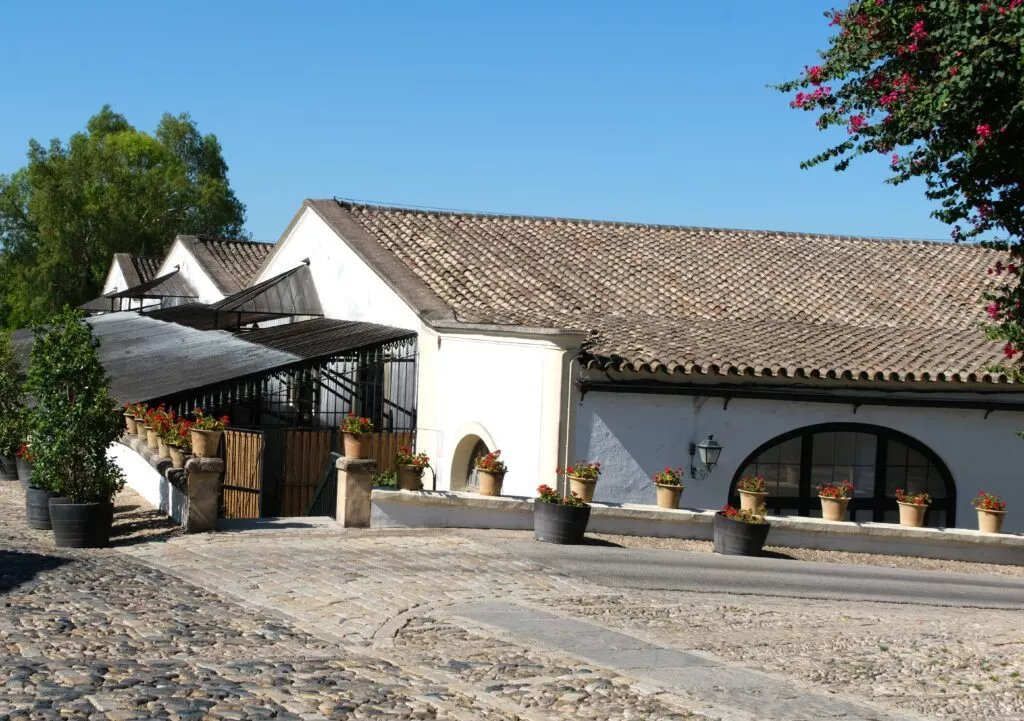
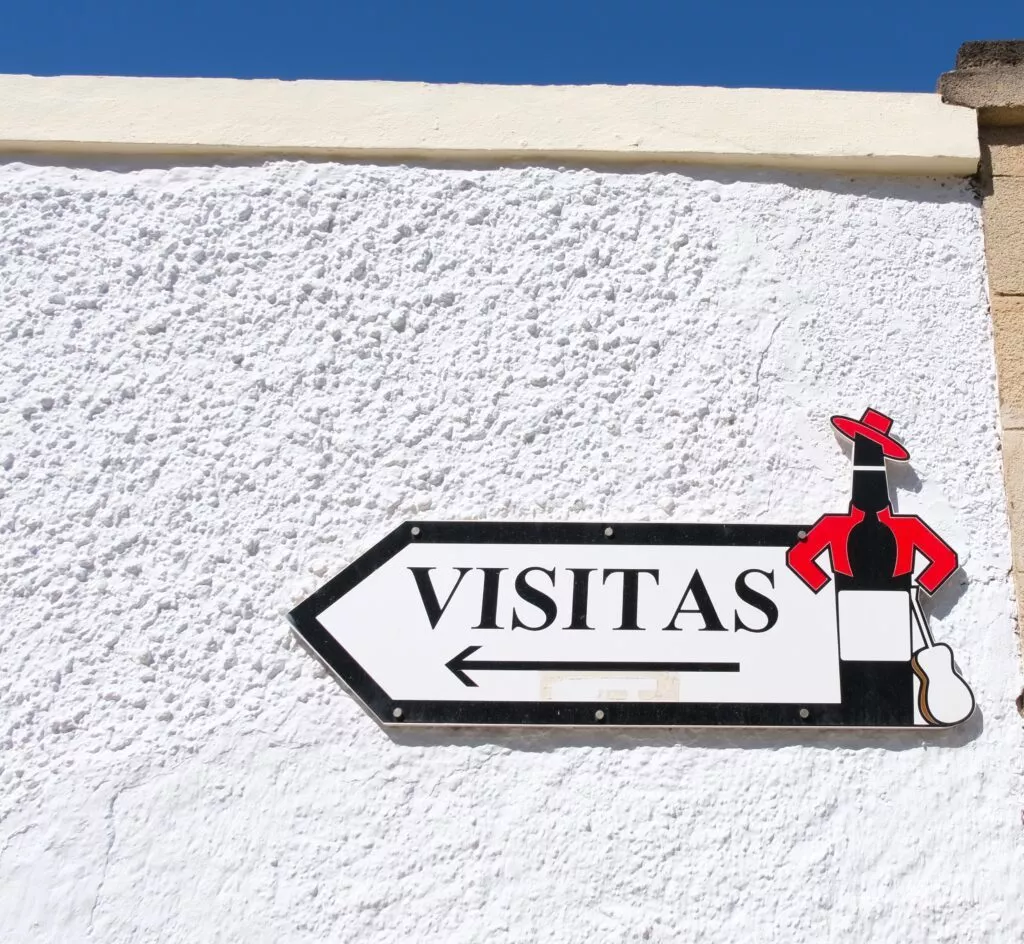
If you book a visit to Bodegas González Byass, you will visit a vineyard and discover sublime cellars full of barrels.
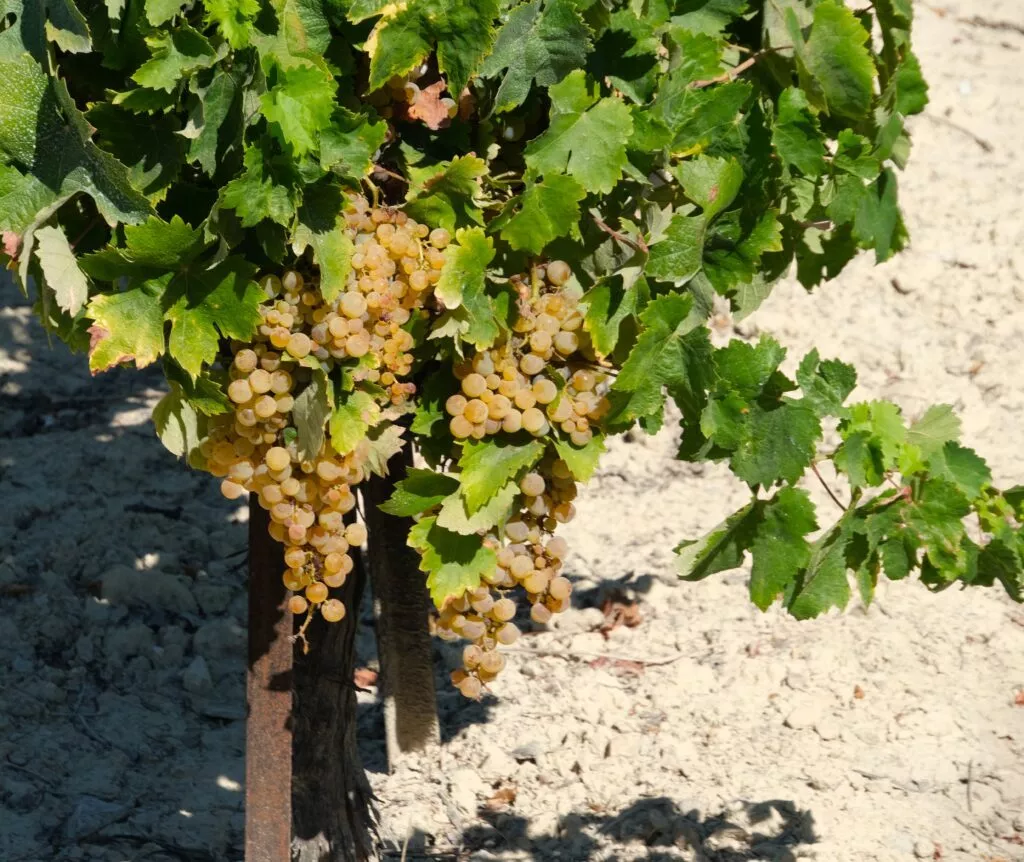
At the end of the visit, a wine-tasting session is given by an oenologist, who will give you the best advice on how to enjoy your wine to the full.
Note 1: you can also see the world’s largest weather vane 🙂 :

Note 2: if you’re also looking for a hotel, with incredible charm, in Jerez….I recommend you take a look at the 4-star hotel located inside the Tío Pepe wineries. It’s the Hotel Bodega Tío Pepe. Its rooftop swimming pool facing the cathedral is a marvel. It’s right in the centre, at Plaza Encarnación.
Bodegas Fundador
The birth of the Bodega in 1730 is linked to the Domecq family name, a family of French origin who pioneered the wine industry. In fact, it is the oldest bodega in the Marco de Jerez region. The most important figure is Pedro Domecq Loustau, creator of Fundador, the first Spanish brandy in 1874.
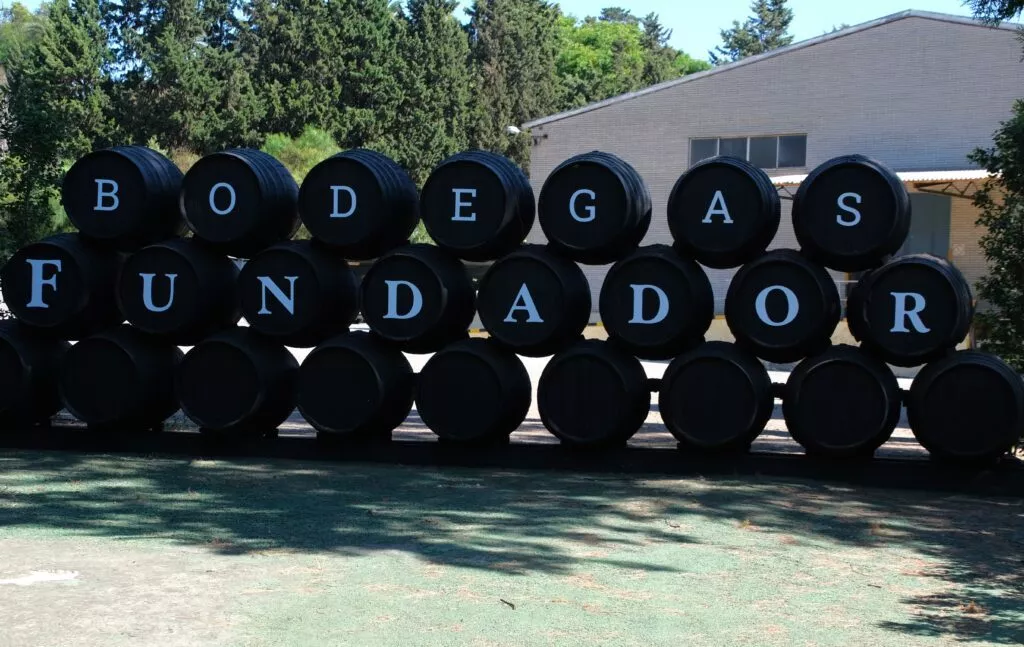
In fact, it was in this bodega that the first brandy produced in Spain was born, in 1874, hence its name: Fundador.
Bodega Fundador celebrated the 150th anniversary of this brandy in 2024.
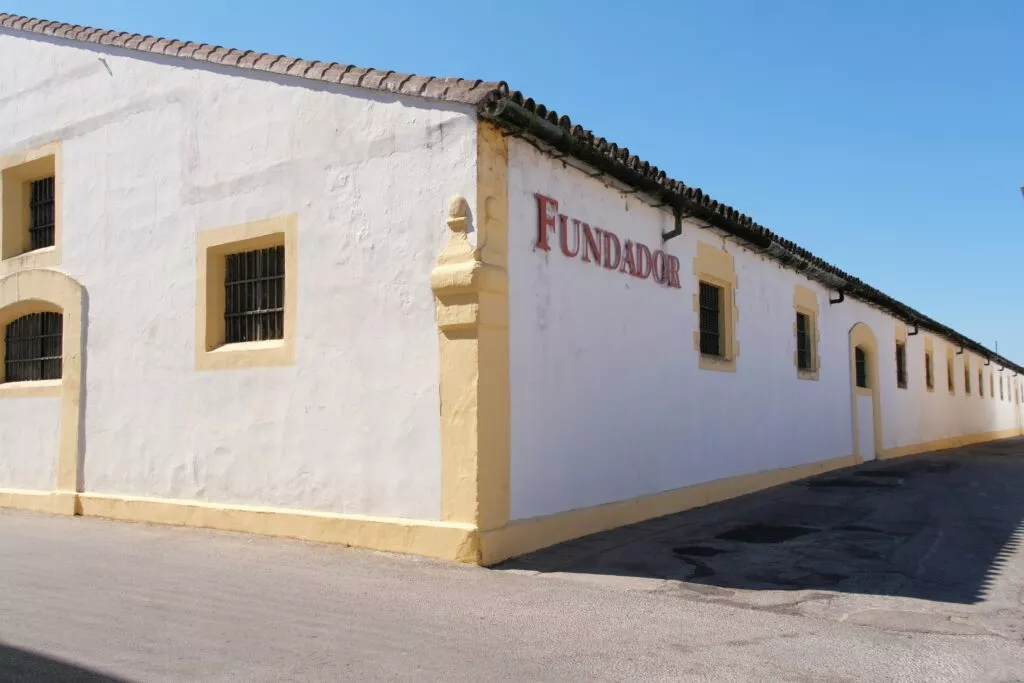
In addition to brandy, Fundador produces four types of wine: Fino, Amontillado, Oloroso and Pedro Ximénez, made from Palomino and Pedro Ximénez grapes. Over the years, Fundador has become the world’s leading brandy producer.
A curiosity: in Ernest Hemingway’s first bestselling novel – The Sun Also Rises – the author has his main characters drink a Fundador brandy 🙂.
The Fundador bodegas also produce the world’s best-selling sherry wine, Harveys Bristol Cream.
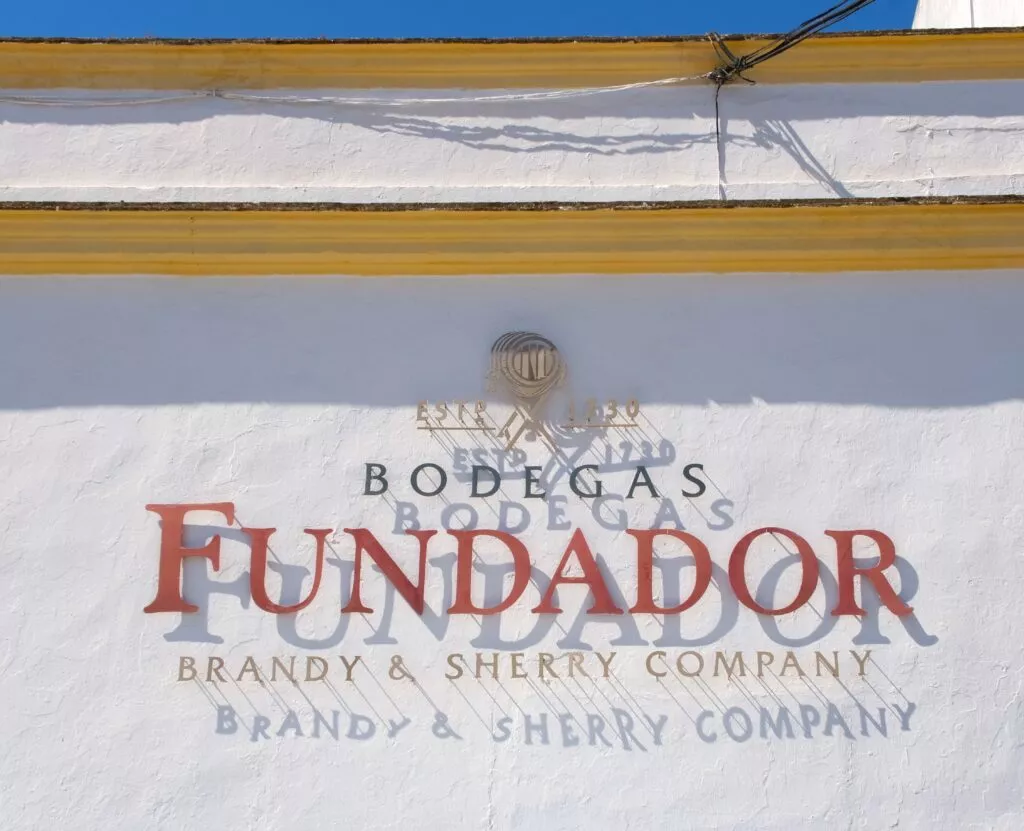
In the unique setting of Bodegas Fundador, you can admire the art of making brandies and sherry wines on 5 themed tours.
Depending on the tour and the tasting session, you should allow between 1? and 2 hours for the visit. Some tours include tastings of the Sherry Cask Fundador and Colleción Fundador series.
Finally, to select and book one of the five guided tours on offer, you must first click on ‘check availability’.
Address: Calle Puerta de Rota.
Among the multitude of options for visiting wine cellars, here are two other famous bodegas offering guided tours with tastings. Bodega Cayetano and Bodegas Álvaro Domecq.
4 – Central market – mercado de abastos – a must-see in Jerez de la Frontera
The central market – mercado de abastos – is located in a magnificent building in the centre of Jerez, not far from the famous El Gallo Azul. It is one of the most interesting gastronomic spots to visit in Jerez.
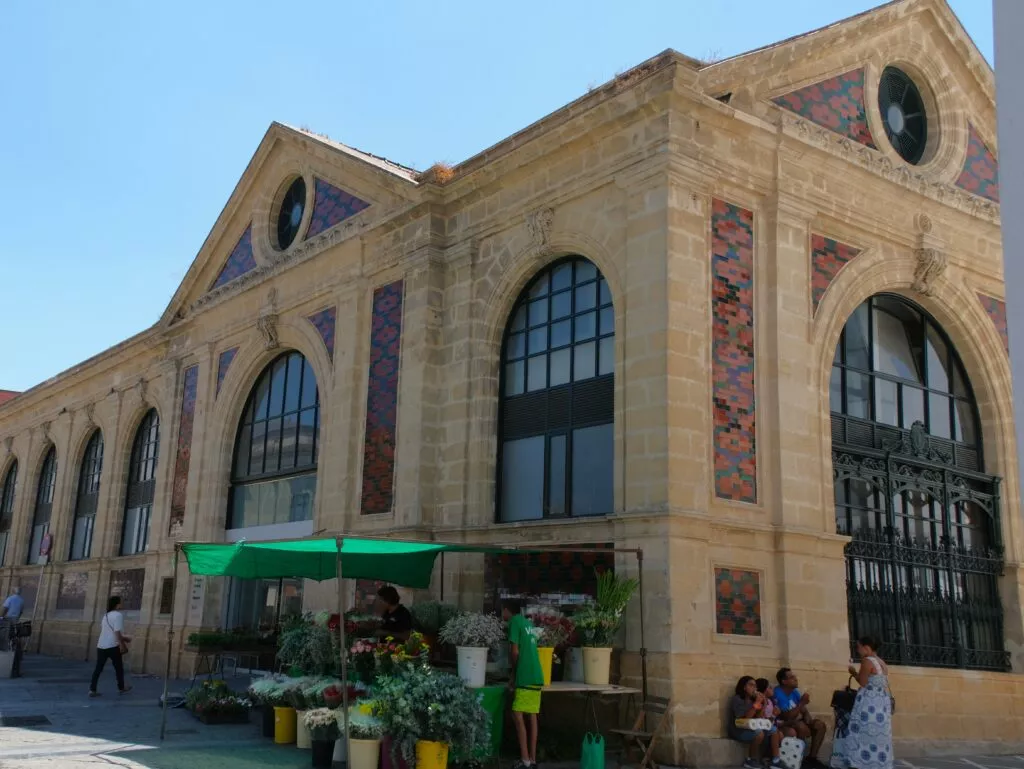
The life that emanates from this place, full of colours, flavours and aromas, is a wonderful experience. The best time to visit is early in the morning, when you can enjoy a hot drink with churros on one of the outdoor terraces.
5 – Plaza del Arenal
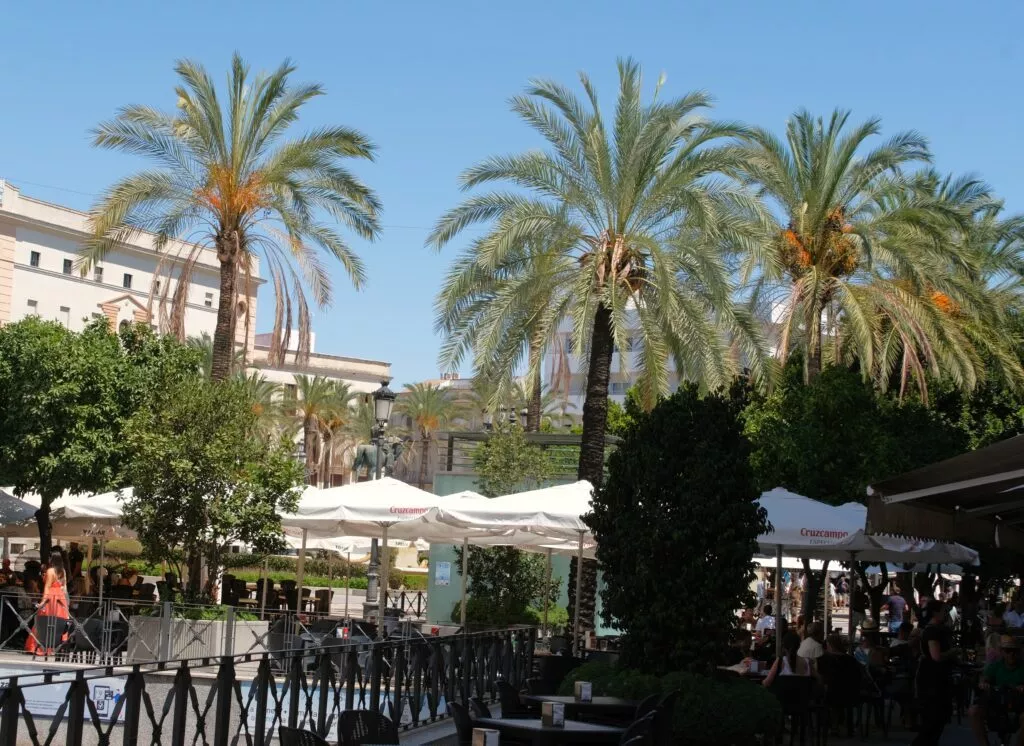
The lively Plaza del Arenal can be reached from the San Miguel district.
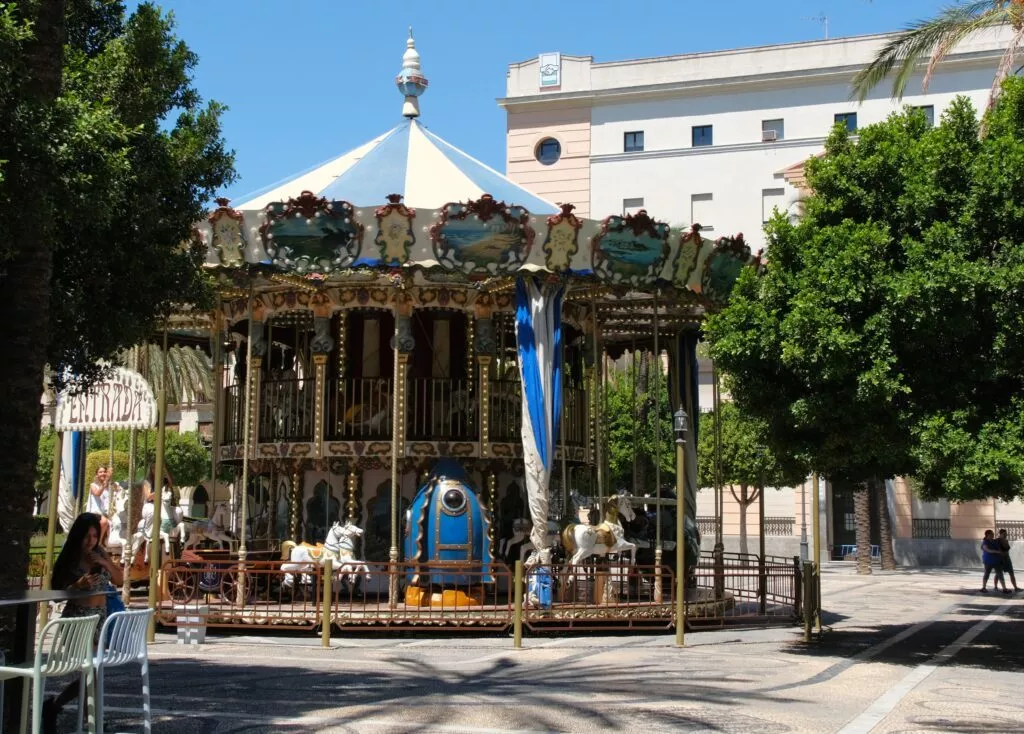
This square is a large rectangular space with several terraces. This square is home to the tourist office and an imposing statue of Miguel Primo de Rivera, a soldier born in the city.
6 – Calle Larga – Long Street
After the Plaza del Arenal, the best place to start is Calle Larga. This is the most popular and commercial street in Jerez de la Frontera.
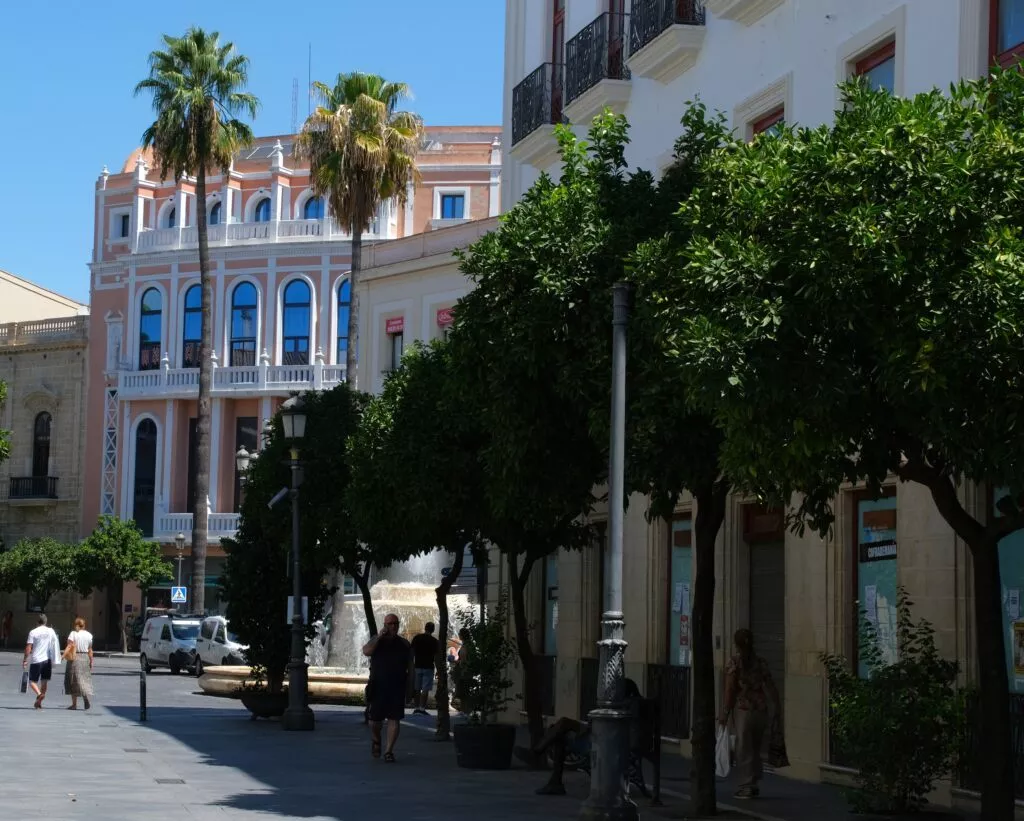
It is home to several historic buildings, including the famous El Gallo Azul, a curious circular structure with a restaurant on the ground floor.
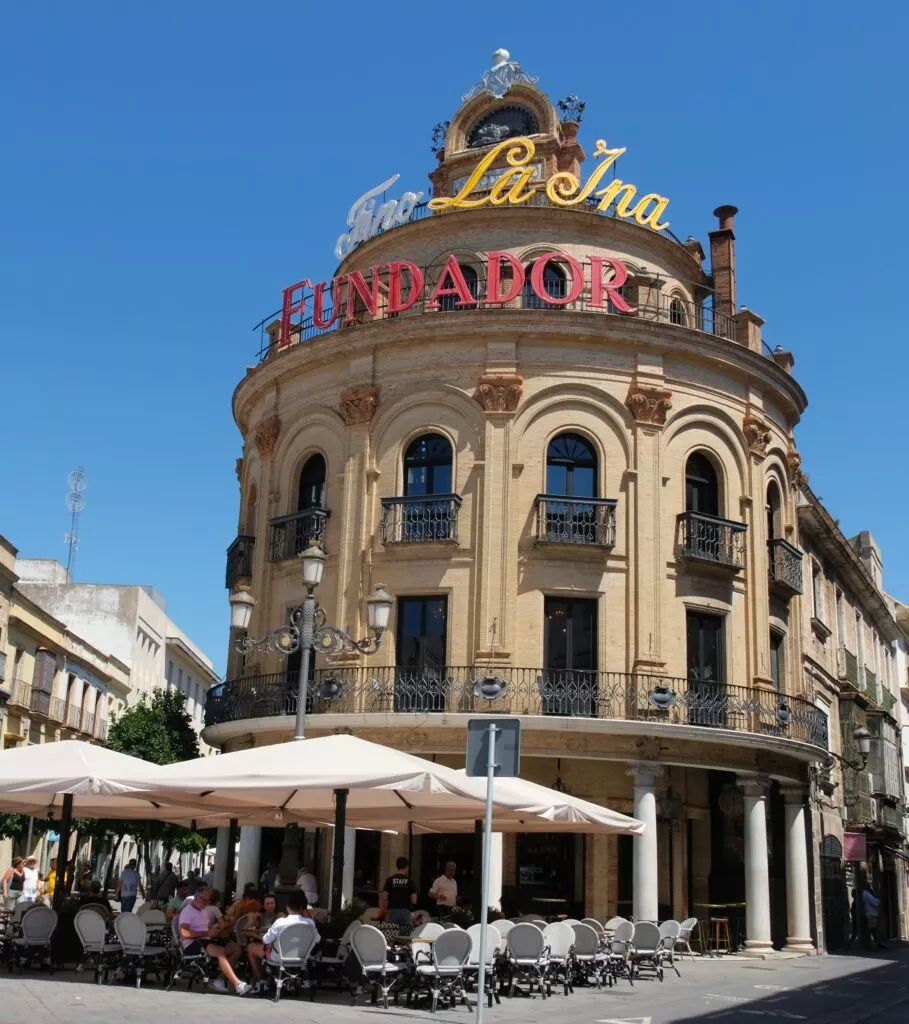
This building dates from 1929 and was commissioned from Seville architect Anibal González by the Domecq family to accommodate visitors to the Ibero-American Exhibition in Seville.
Address: Calle Larga, 2
7 – Santo Domingo Church
Continuing along Calle Larga, you come to the church of Santo Domingo, also known as the Convent of Santo Domingo, one of the jewels of Gothic architecture in Jerez.
In 1264, this former Muslim fortification was handed over to the Dominicans. Inside, don’t miss the absolutely beautiful cloister. You won’t regret it!
Since 1983, it has been the property of the town council, which organises cultural exhibitions.
To the side of the church is the headquarters of the Hermandad Nuestra Señora del Rocío de Jerez, with its beautiful ceramics:
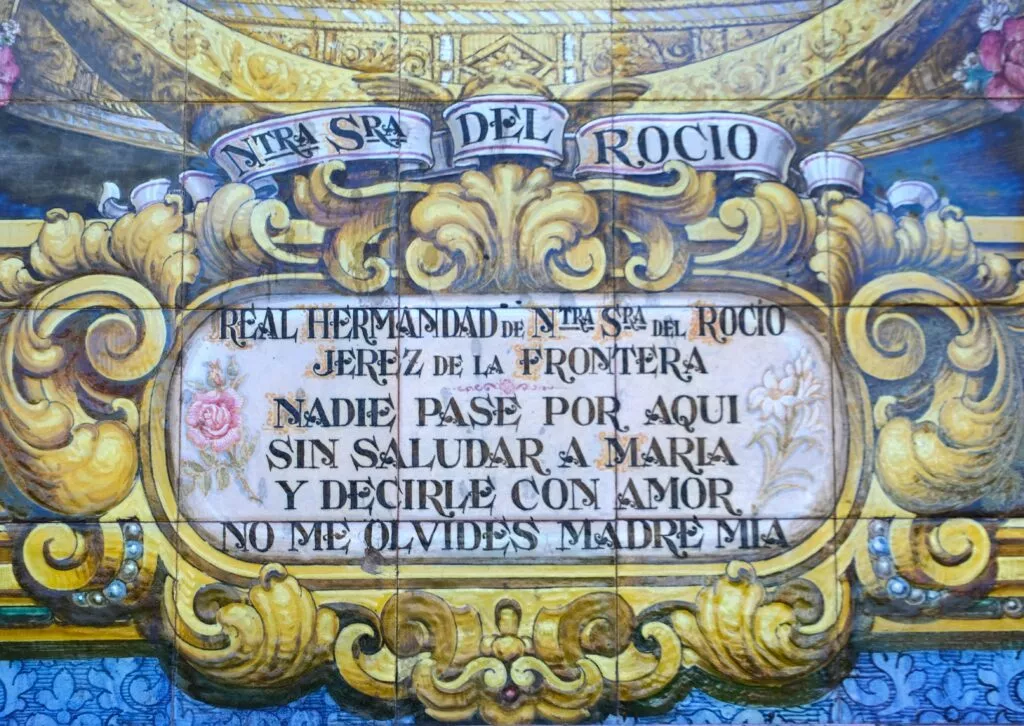
Right next door you’ll find the Palace of the Domecq family, beautiful and impressive! Below is a partial view of the façade:
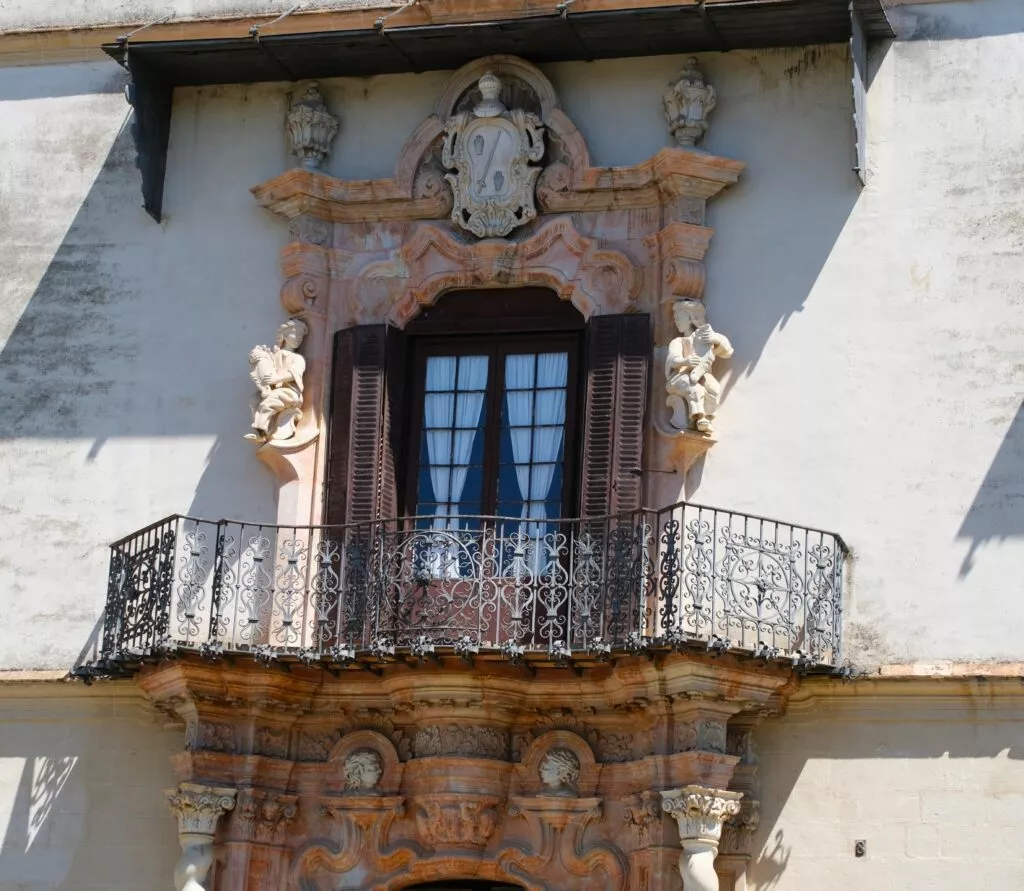
Finally, in front of the Santo Domingo church, there is a sculpture that I found very beautiful:
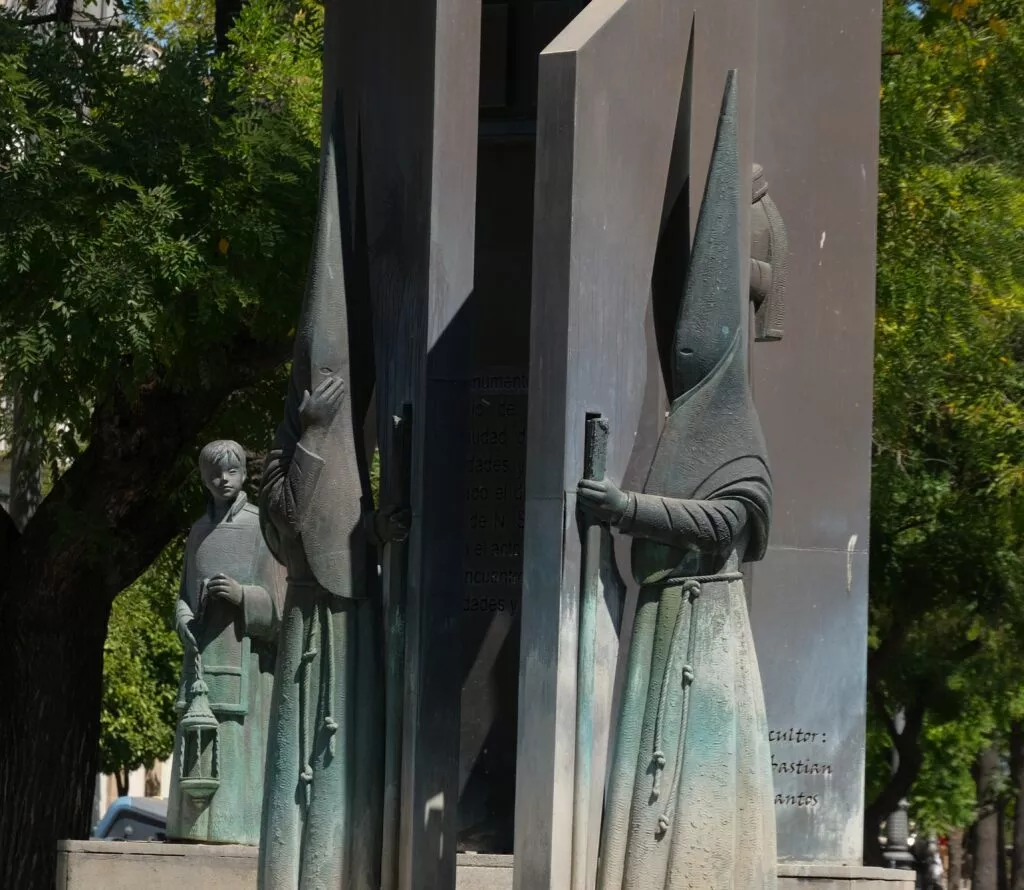
Address: Alameda Cristina, s/n
8 – Visit the Barrio and Church of Santiago
The Santiago district, like the San Miguel district, has been the birthplace of many flamenco artists.
A stroll through the district reveals traditional Andalucia architecture, with its many white houses.
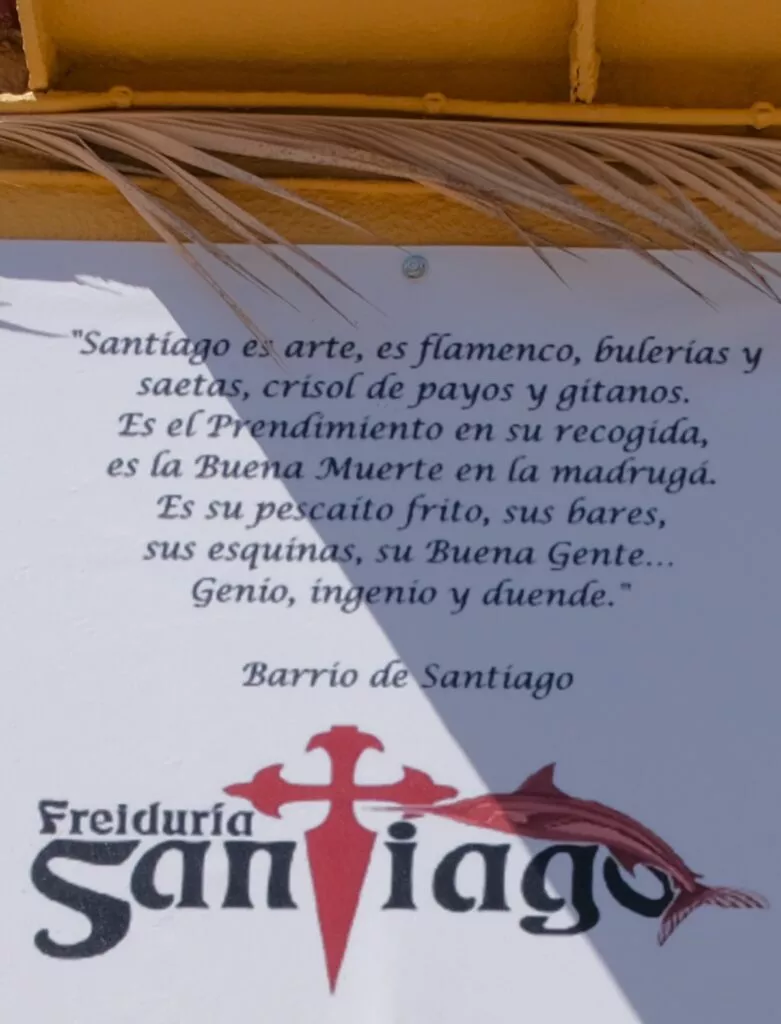
At the centre of the district stands the Church of Santiago. Like most churches, it was built in the 15th century. It is Gothic in style, with Baroque elements added later.
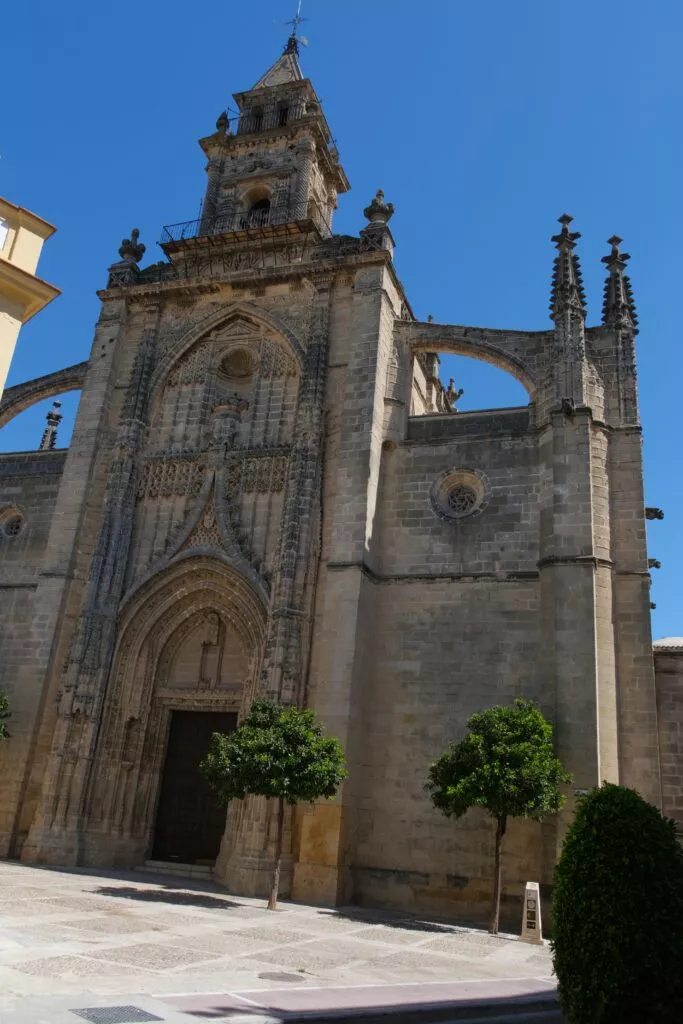
9 – Zoobotánico de Jerez – Biodiversity conservation centre
Not far from the Santiago district, here’s an idea for a visit that’s out of the ordinary.
This biodiversity conservation centre consists of a zoological centre and a botanical garden (1,000 trees of 150 different species).
The zoological centre develops breeding and conservation projects for some of the endangered species. These include the red panda, the Iberian wolf, the Arabian oryx, the black vulture, the ibis eremita, the dama gazelle, the African elephant, the Iberian lynx and the Egyptian vulture.
Note: the zoo participates in fifteen European Endangered Species Programmes (EEP), basing its actions on obtaining viable populations with a view to their future reintroduction into their natural habitats.
10 – Basílica Menor de Nuestra Señora del Carmen Coronada, a marvel to behold
This church, classified as a minor basilica, is located in Plaza del Carmen. I haven’t posted a photo…. go there with your eyes closed, it’s a marvel like few others you’ll see. The decoration of the church, the nave and the altarpiece are marvellous!
11 – Jerez de la Frontera Cathedral, a must-see in Jerez
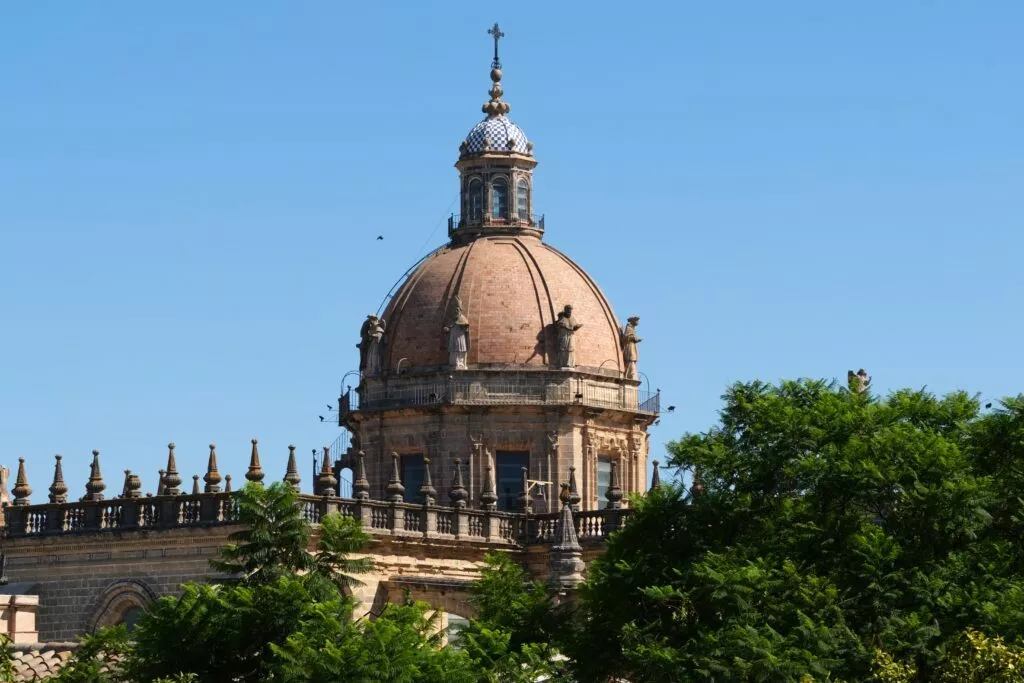
L
The Cathedral is located next to the Alcázar, Plaza Encarnación, s/n.
Jerez de la Frontera Cathedral – formerly the collegiate church of Our Lord San Salvador – was built in the 17th century on the remains of the city’s former great mosque.
The cathedral is a blend of Gothic, Baroque and Neoclassical elements. This former collegiate church became a cathedral in 1980.
Note: if you visit the interior, you’ll discover the dome’s sublime vaults, as well as a 15th-century Gothic crucifix and a work by Francisco de Zurbarán: La Virgen Niña. Last but not least, the dome is open to the public!
Finally, the cathedral has the unusual feature of having its bell tower next door, just a few metres away. It is Gothic-Mudejar in style and was probably built on the minaret of the city’s former main mosque.
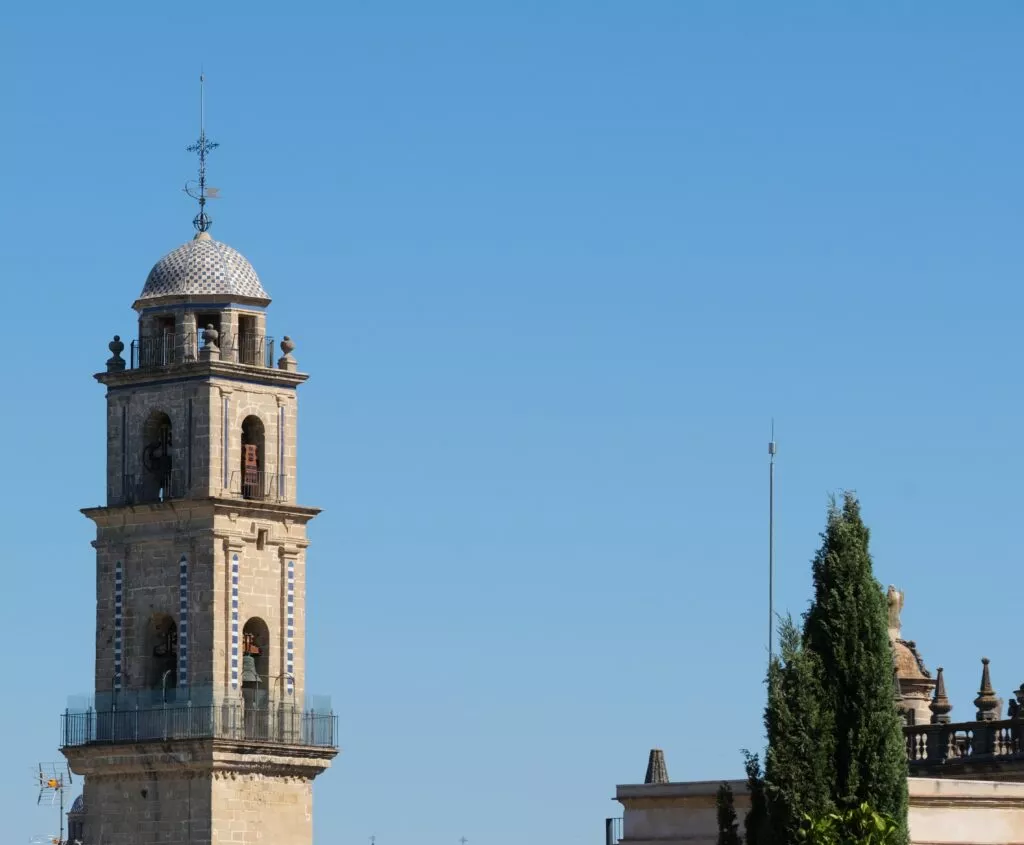
A curiosity: this church, now a cathedral, was built thanks to taxes on wine, which disappeared once the cathedral was completed.
12 – The San Mateo neighbourhood and church
The barrio San Mateo is probably a little less well known, but it’s the one that enchanted me the most.
It has remained authentic, with several bodegas and a beautiful church, the San Mateo church.
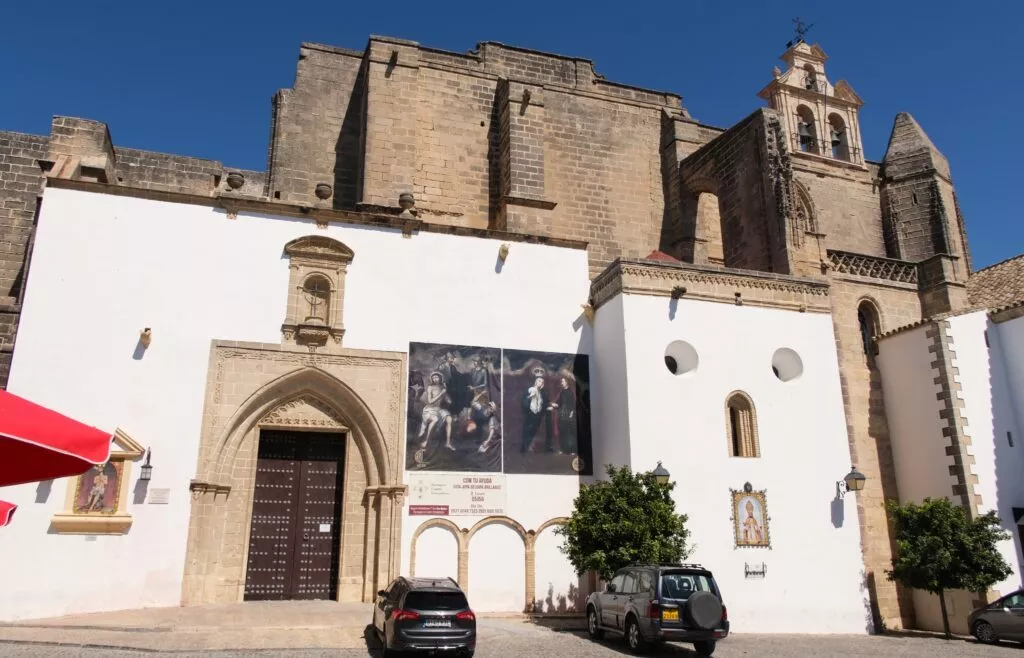
Its foundation was ordered by Alfonso X the Wise after the city was conquered by Catholic troops.
It stands on the site of a former mosque. It is one of six parishes founded in the 13th century on former mosques in Sherish.
The other five are: the church of San Lucas, the church of San Juan de los Caballeros, the church of San Dionisio, the church of San Marcos and the church of El Salvador, now the cathedral.
Address:Plaza San Mateo, 10
13 – Attend a flamenco concert
If you want to go to a flamenco concert, I recommend booking at the Puro Arte tablao.
The tablao is located at Calle Madre de Dios, 10. It’s a charming place too, in a bodega dating back to 1739.
14 – Charterhouse of Santa María de la Defensión
This site is 5km outside the city, but well worth a visit (see link below). Its exact address is Carretera Jerez Algeciras, Km. 5.
The Cartuja de Santa María de la Defensión is a historic and artistic monument. This Cartuja is considered to be the monumental complex of greatest artistic value in the province of Cadiz. In fact, even a visit to the site is monumental!
Note: visits are by appointment only. Here’s the link to the Cartuja website to get an idea of this incredible site and to book your visit, Cartuja de Jerez. The visit is only partial, as cloistered nuns live here. However, the visit is free, you will have to pay the voluntad.
15 – Real Escuela Andaluza del Arte Ecuestre – Royal Andalusian School of Equestrian Art
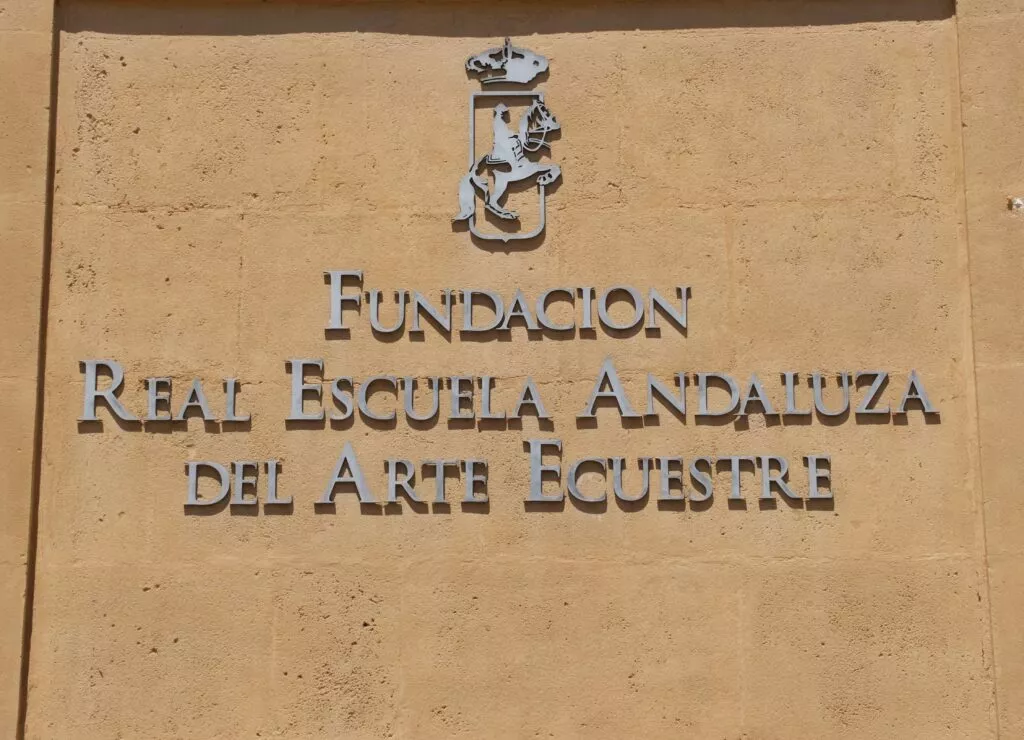
This centre and the horses of Andalucia are renowned the world over.
At the Royal Andalusian School of Equestrian Art in Jerez, you can watch the How the Andalusian Horses Dance show. A sumptuous equestrian show lasting 1 hour 30 minutes.
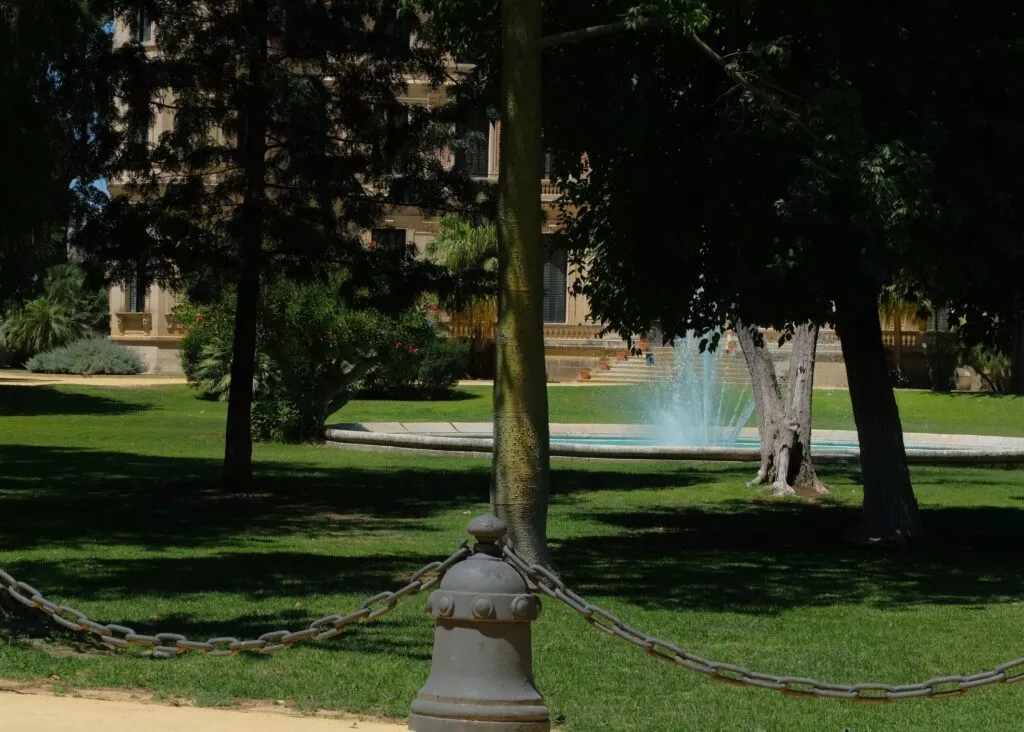
Note: it is also possible to book a tour of the Royal School’s facilities and attend training sessions!
Address: Avenida Duque de Abrantes, s/n.
Things to do in Jerez de la Frontera
Book accommodation
Below you’ll find all the hotels and accommodation available in Jerez de la Frontera, once you’ve selected your dates:
Dates of the best festivities in Jerez de la Frontera
The Flamenco Festival at the end of February

The Horse Festival in May
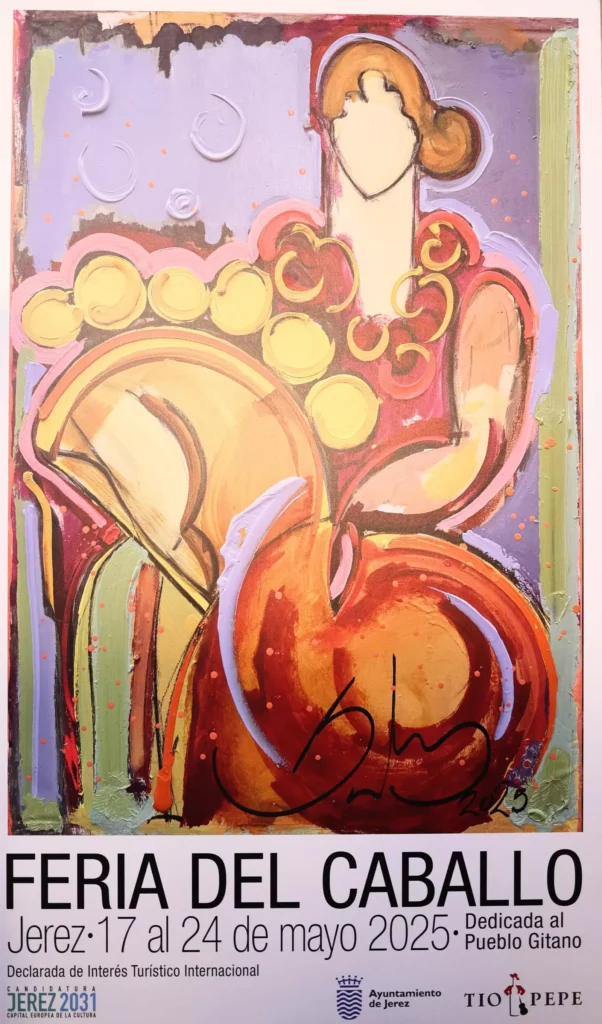
To find out more, here’s a link to the Feria del Caballo de Jerez de la Frontera.
The Grape Harvest Festival – Fiesta de la vendimia – in September
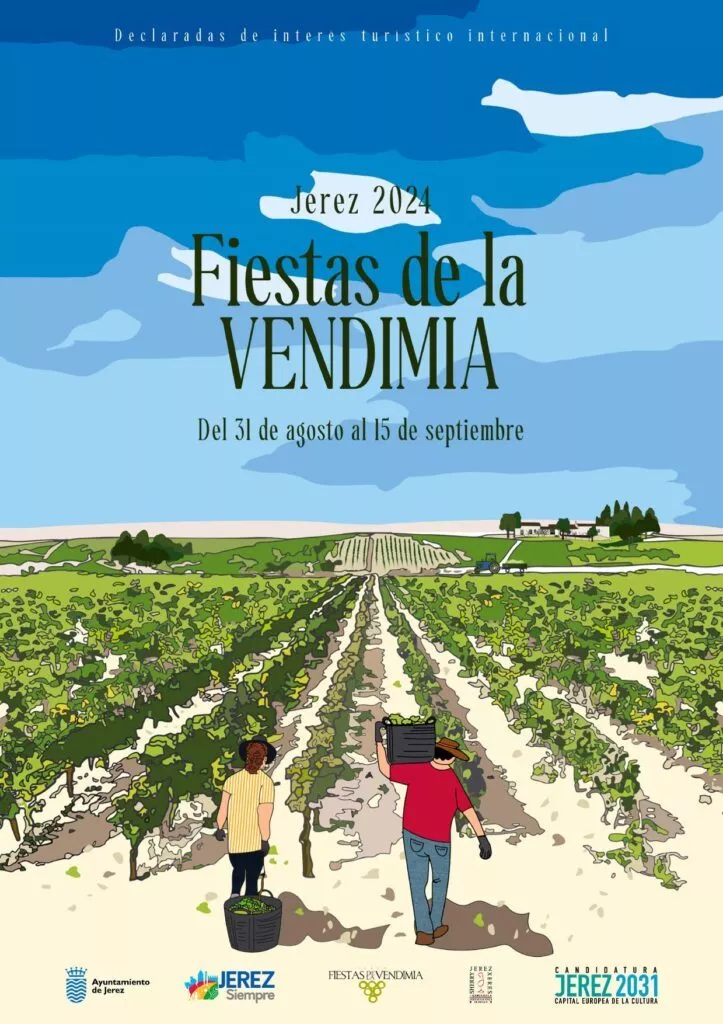
Here’s a link to find out more about the Jerez de la Frontera Grape Harvest Festival. (link under construction)
What to do around Jerez de la Frontera?
There are some fabulous places to visit in the Jerez area. Here are 3 ideas for visits fairly close to Jerez de la Frontera.
Sanlucar de Barrameda
Sanlucar de Barrameda is a wonderful little coastal town, around twenty kilometres from Jerez. An essential stop-off for tasting the famous Manzanilla wine.
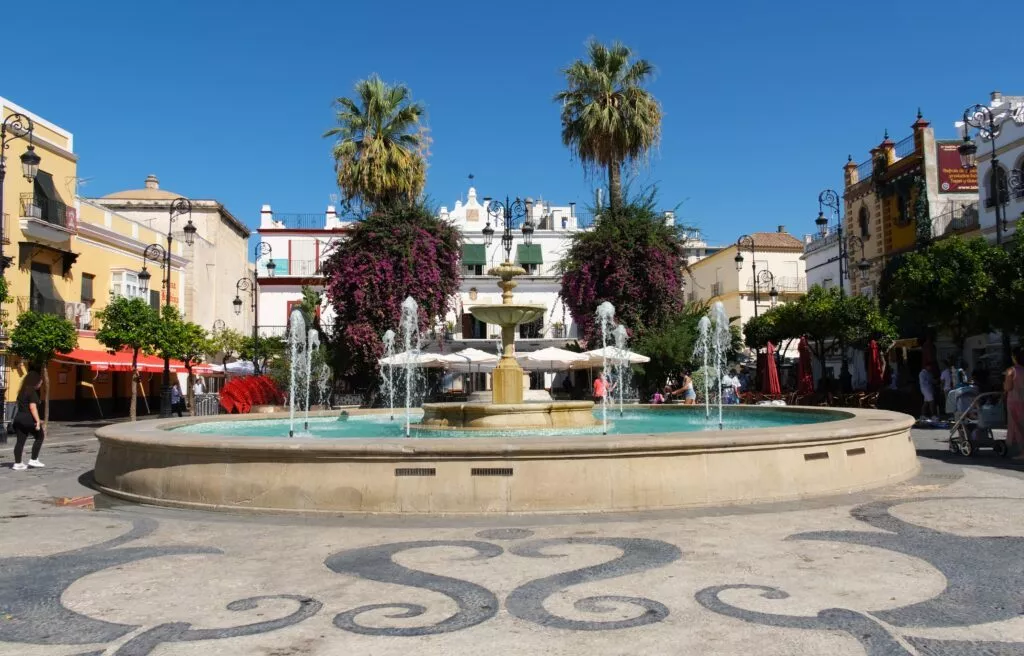
Here’s the link if you’d like to visit Sanlucar de Barrameda.
Arcos de la Frontera
Arcos de la Frontera is one of the jewels of Andalucia. For me, it’s the most authentic white mountain village.
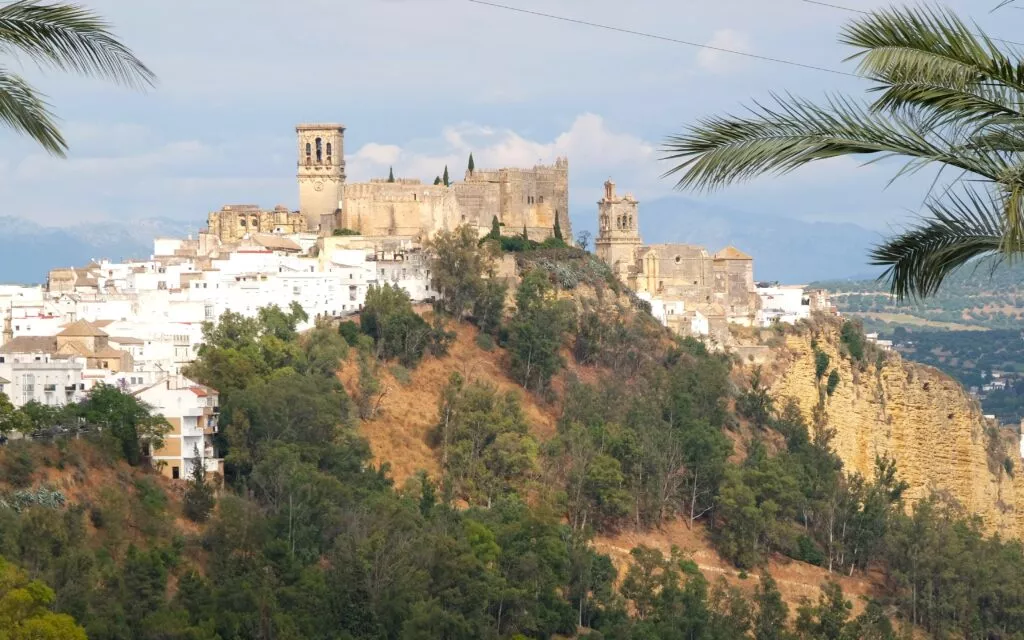
Here’s a link to Arcos de la Frontera.
Vejer de la Frontera
Vejer is a village not to be missed on the white villages route. It has retained its authenticity and boasts some incredible aesthetics. In fact, it features on the list of ‘Pueblos más bonitos de España’.
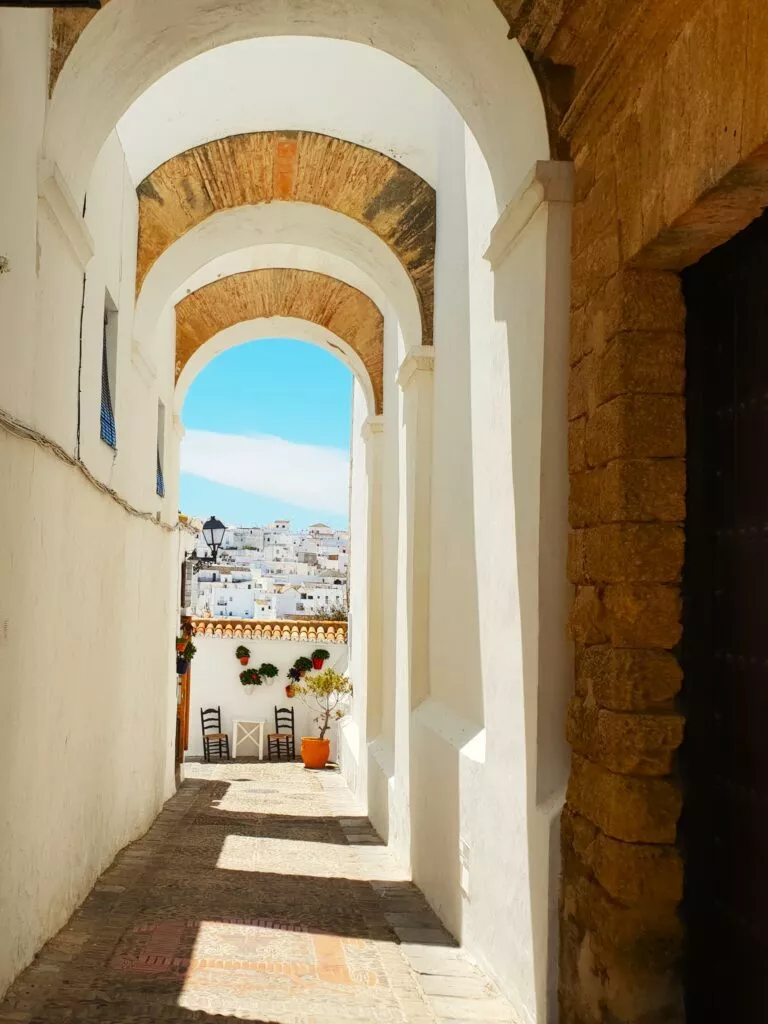
To find out more, here’s a link to what you should see in Vejer de la Frontera.
Some ideas and useful links
The links below can be very useful depending on where you are staying and what you need to do to have a wonderful time in Andalucia.
- link to book a rental car
- Staying on the Costa del Sol? Explore Andalucia with guided tours from Malaga (Torremolinos, Estepona, Benalmadena).
- If you’re planning to visit Andalucia, including Seville, you can explore Seville on a private guided tour.
Here are the latest articles on Andalusia
-
Interactive map of Andalucia with best places to see
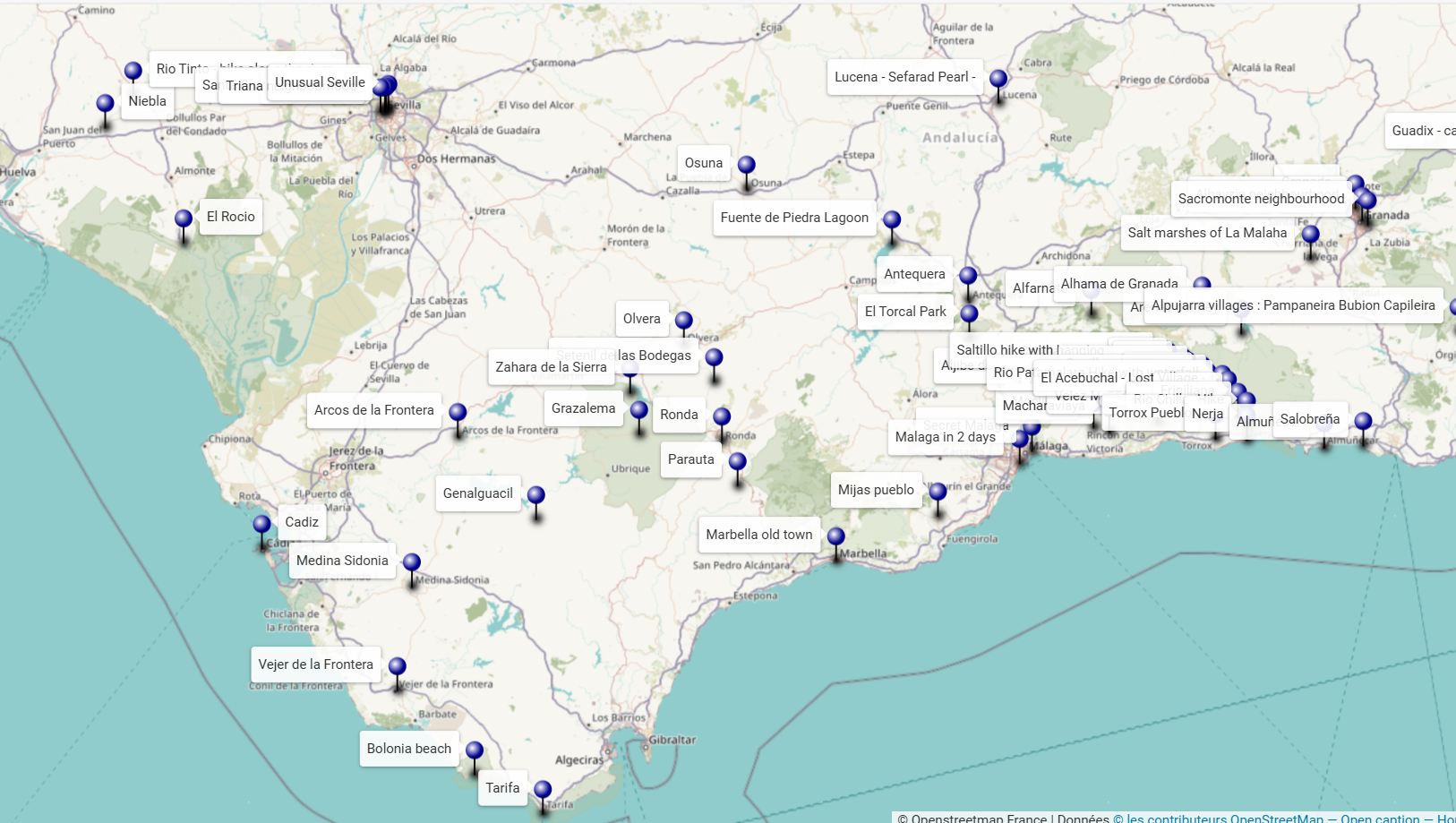
An interactive map of Andalucia to discover the sites to see around your holiday destination or to prepare a tour or road-trip.
-
What to see in Mojacar, a wonderful white village in Almeria
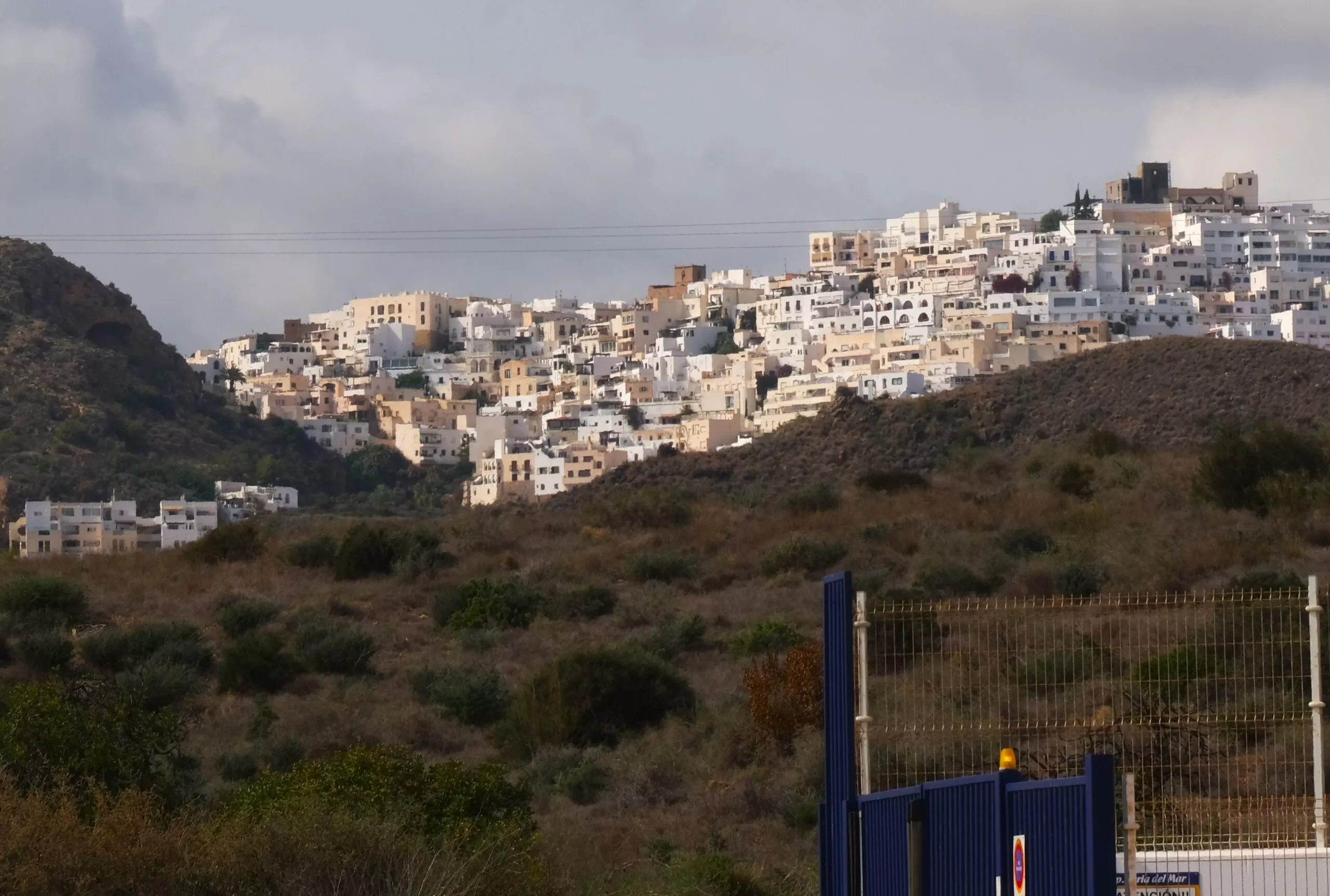
Discover the 14 essential things to see in Mojacar to make the most of your visit to this delightful white village in the province of Almeria.
-
What to see in Zuheros a wonderful white village in Cordoba
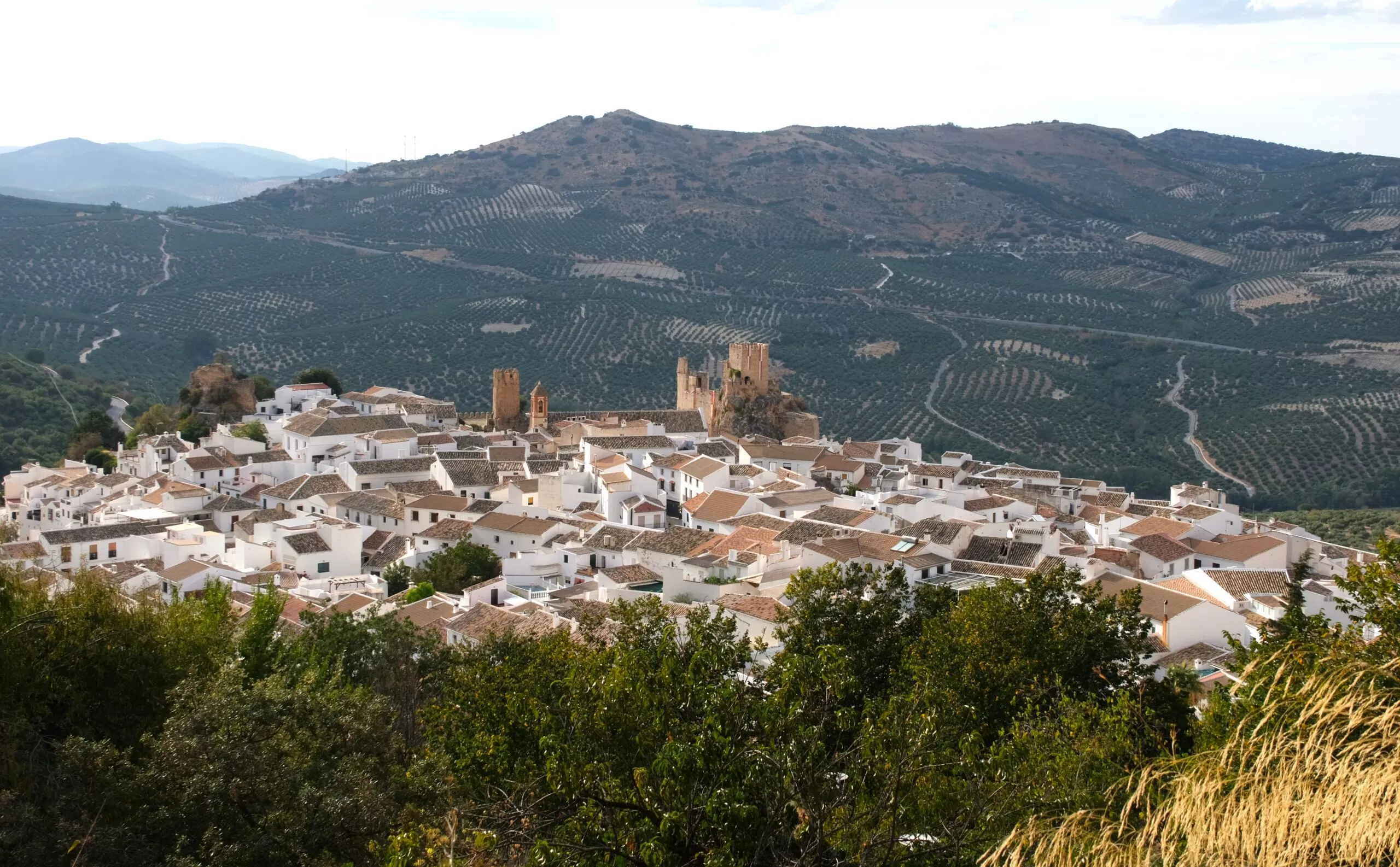
Here are the 16 things to see and do in Zuheros, a wonderful white village in the province of Cordoba, Andalucia.
-
What to see in Montefrio Spain, a wonderful little place

Here’s everything you need to see in Montefrio – Granada province -, a village steeped in history with fabulous views.
